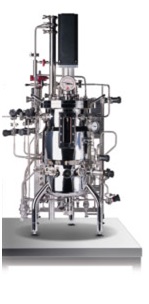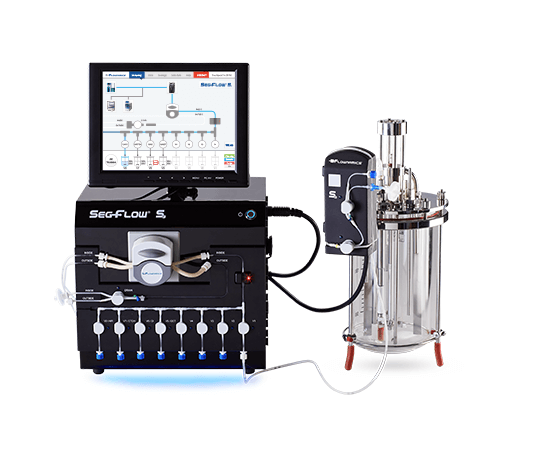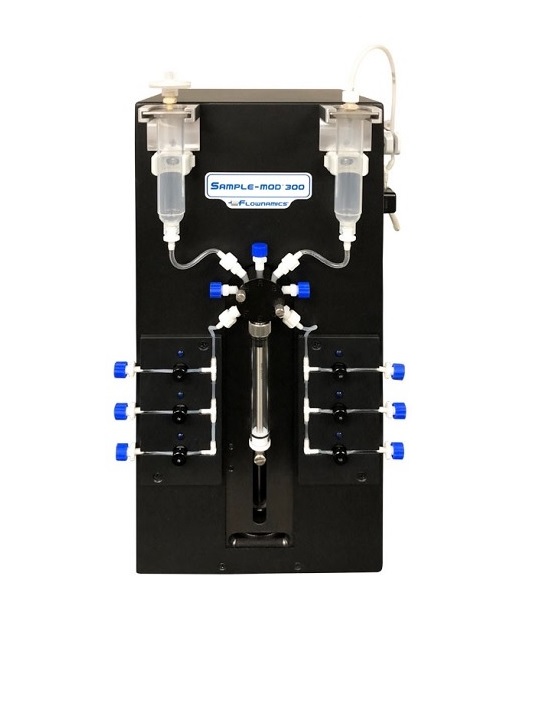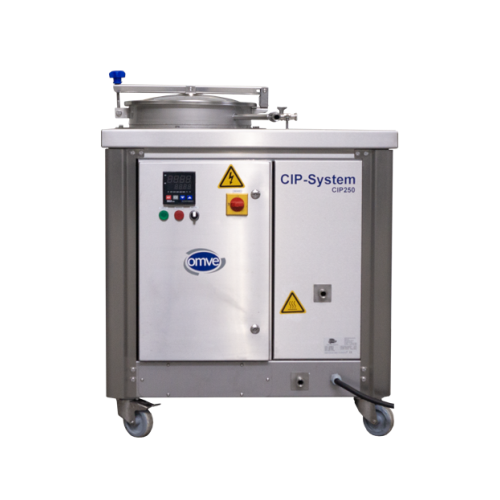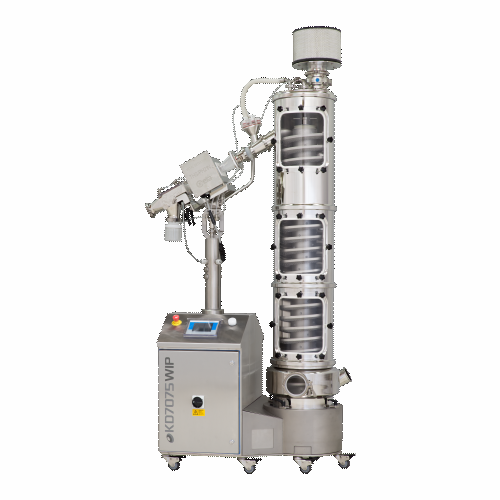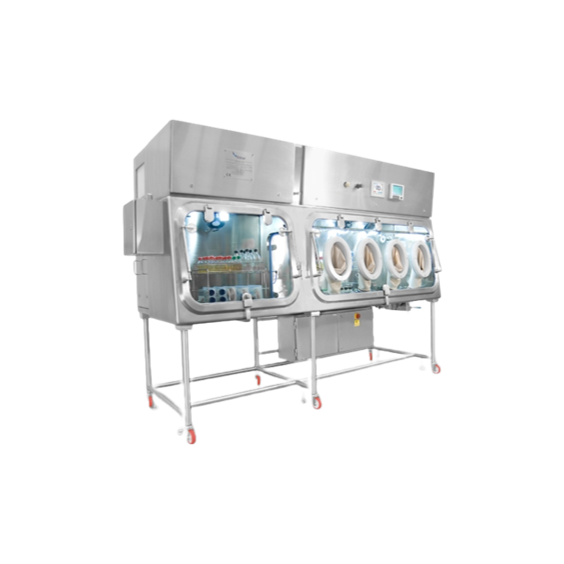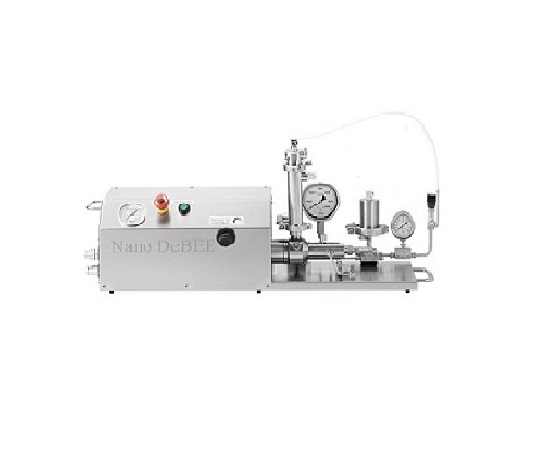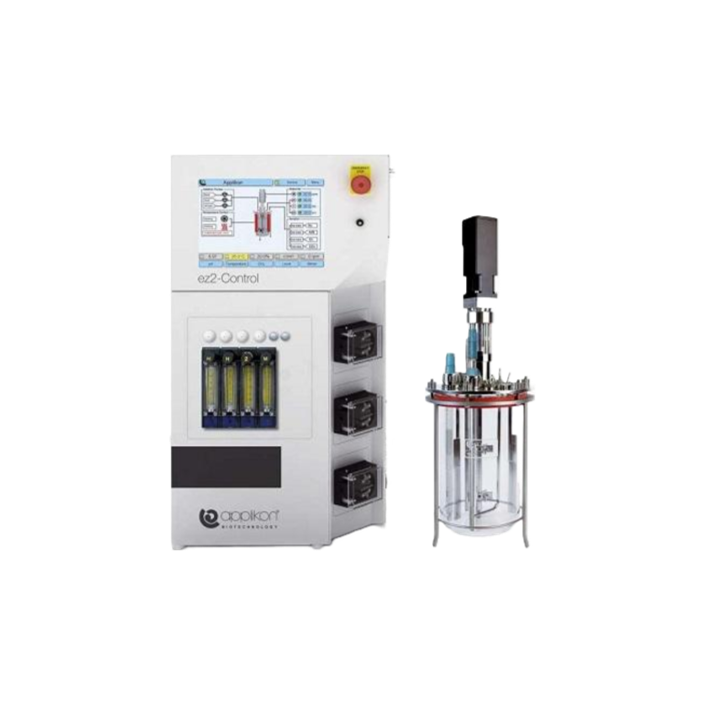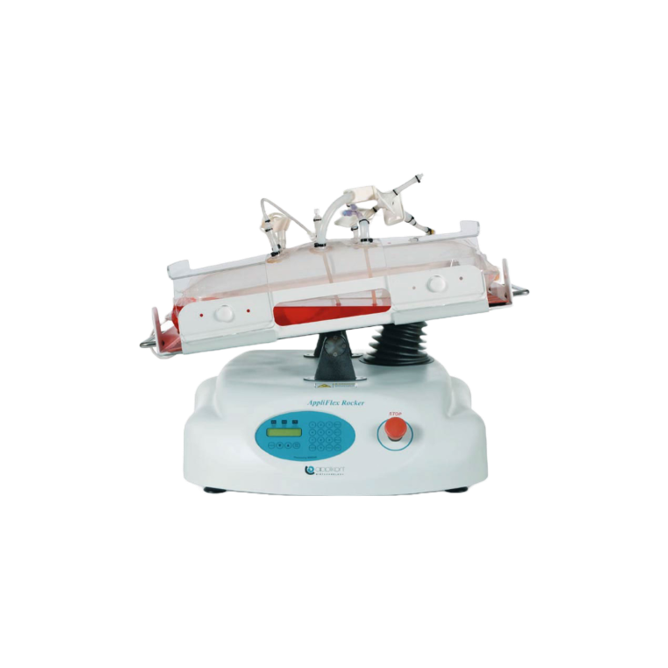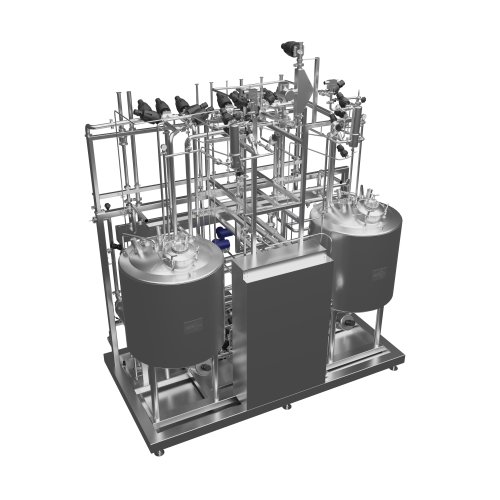
Cell Culture Equipment
Find innovative production technology for making cell cultures and connect directly with world-leading specialists
Cell culture has been, over a little more than 100 years, an important method of research in laboratories. But medicine developments aside, we wonder if even the most positive of idealists could have also believed that cell cultures and tissue culture would possibly change the way – and what – we eat. From the lab to the dining table, there’s cell culture equipment to make even the unimaginable possible.
Technology picks for cell cultures

Automated cell culture clarification system
Efficient harvest from the bioreactor is essential to any successful cell cult...
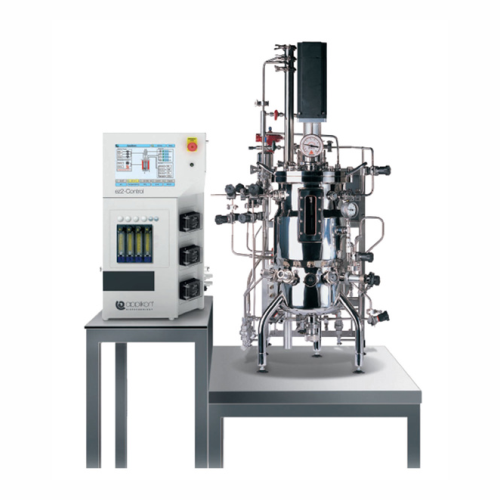
Bench top bioreactor for microbial and cell cultures
Optimize your bioprocessing workflow with this versatile bench top s...
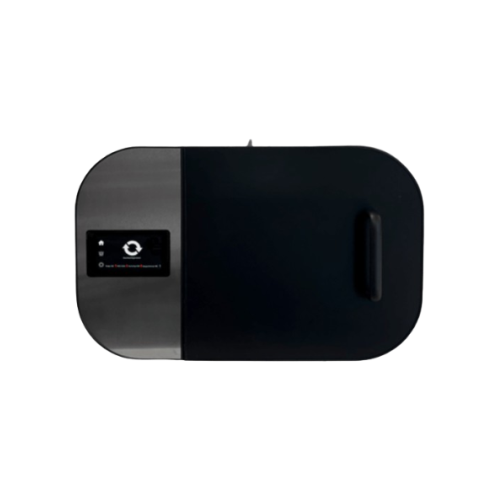
Automated cell manufacturing system for stem cells
Revolutionize cell culture with a fully automated system designed to s...
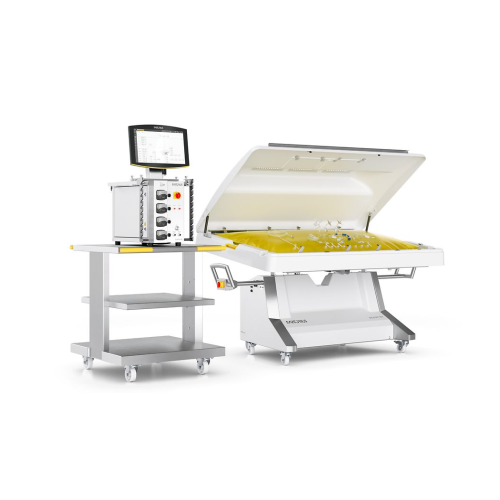
Cell culture bioreactor for mabs and vaccines
Optimize your biopharmaceutical production with advanced cell culture capabi...
Stories about cell cultures
Tell us about your production challenge

Shakers, incubators, bioreactors – cell culture technology for your production
Cell culture manufacturing is largely used in the production of vaccines, treatments for cancer, and therapeutic proteins and antibodies. There are two sources where to obtain the cell material: through a cell stock, thawing the frozen cells and including them in the culture, and through the isolation of the cells of a donor tissue culture.
Before starting the culture technique, producers carry on cell seeding and observation. Cell seeding guarantees the right cell density, and observation defines if the cells are viable and not contaminated by foreign objects.
Shake flasks are usually the tool in these initial stages. If everything is correct, then you can place the flasks in a CO2 incubator. In it, the concentration of oxygen is lower compared to a non-controlled environment, so the cells can start culturing.
Some biotechnology producers may prefer to use an integrated incubator shaker instead of a flask and a separate incubator, to simplify the process in one place. In this case, you need to define which incubator shaker design fits best to your needs. In other cases, a centrifuge is used to allow the cells to spin down.
Apart from these options, it’s also possible to use a bioreactor as your cell culture equipment. It will help further control, in real-time, the biology of the cells, as well as to fulfill criteria related to quality and efficacy. The most common type that producers use is the stirred-tank bioreactor (STR), which can be easily adjusted for large scale production.
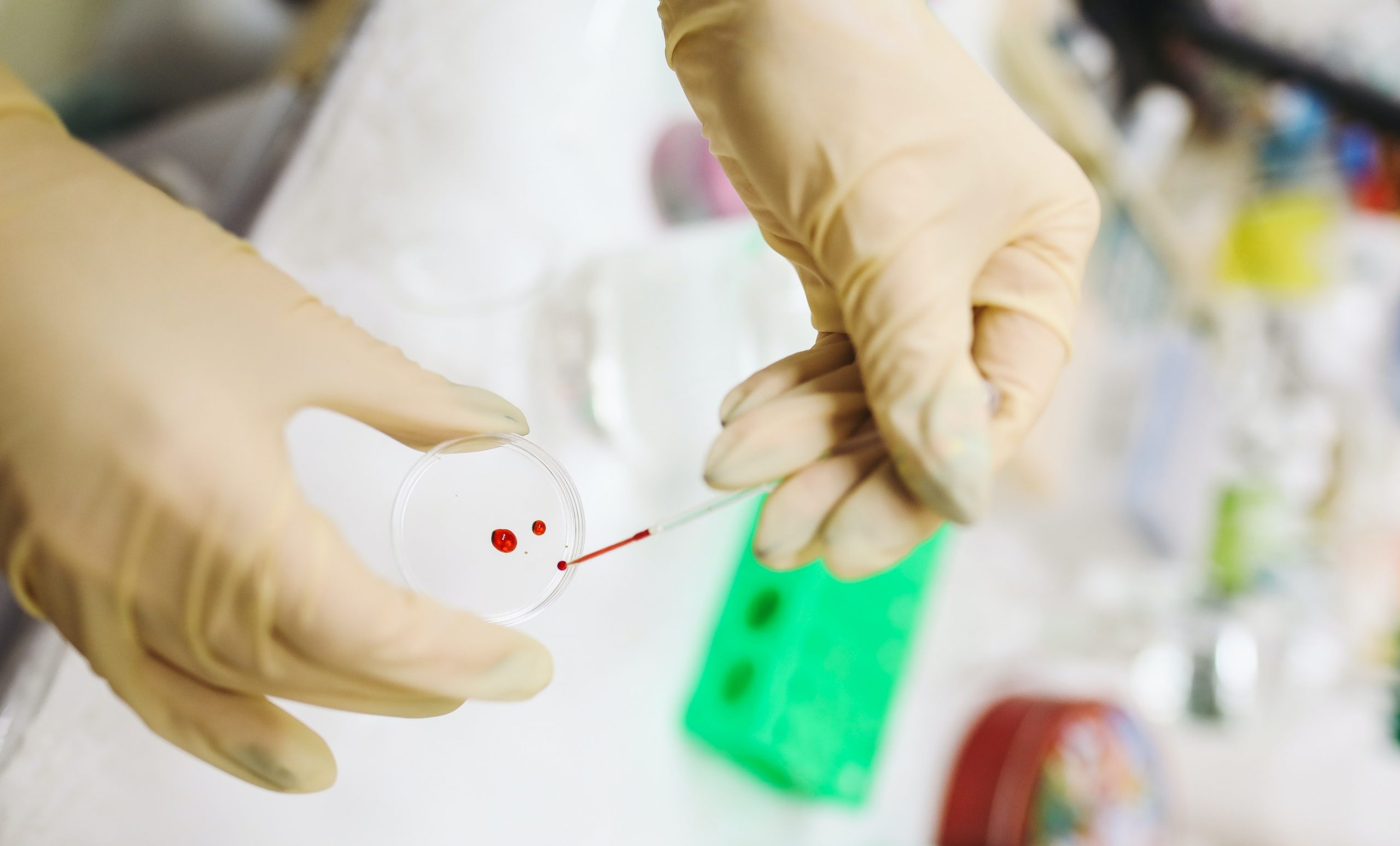
Culture conditions: preparing the environment for your cell lines
Choosing equipment is important. But, to promote cell growth, you need more than cell culture technology; you also need to provide an environment with good conditions for it to work. Researchers use cell lines to conduct different experiments because they can evaluate how a set of cells with the same characteristics respond when submitted to varied conditions and reagents.
When creating these lines, one essential part of the process is to set the culture media formulation that will help cell types to grow. Basic culture medium composition includes glucose, amino acids (the most prominent one being L-glutamine), vitamins, proteins, antibiotics, and inorganic salts. Other components, however, vary according to the outcome expected from those cell lines. The insect cells culture, for instance, benefit from TC-100, while many mammalian cells are supported by RPMI 1640.
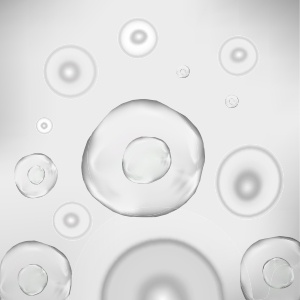
Set the optimal conditions for your stem cells culture
Stem cell culture is a valuable asset for research. These cells are particularly interesting due to their nature, as what makes them unique is exactly their ability to differentiate themselves into any cell and self-renew. Nonetheless, it’s precisely because of this that culturing stem cells require extra care and attention in order to provide the right environment for their growth. Stem cells can easily differentiate if the optimal conditions are not reached, but they can also stop responding to growth stimuli, going through the phenomenon of cellular senescence.
Processing steps involved in cell cultures making
Which cell cultures technology do you need?
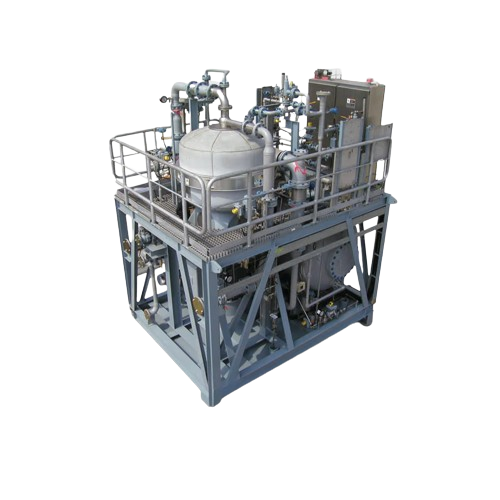
Single-use separator for cell harvesting
Achieve maximum cell harvesting efficiency with single-use technology, streamlinin...
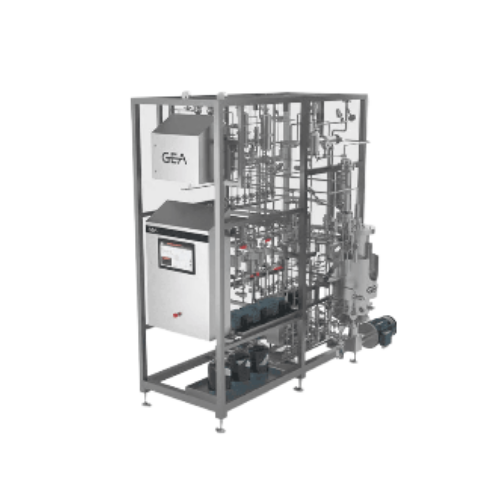
Pilot-scale bioreactor for cell cultivation and fermentation
Scale up your cell cultivation and fermentation processes s...
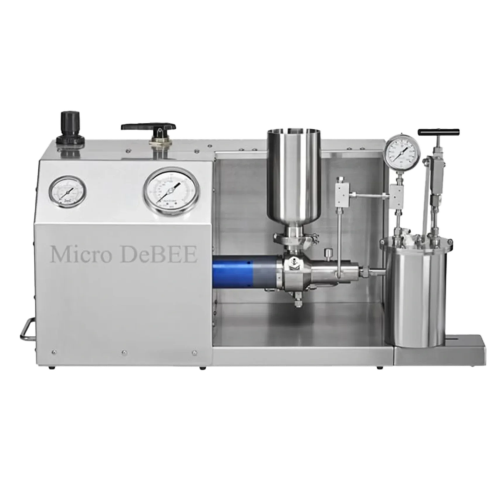
Laboratory homogenizer for nanoemulsions and dispersions
Elevate your laboratory capabilities with a bench-top homogenize...
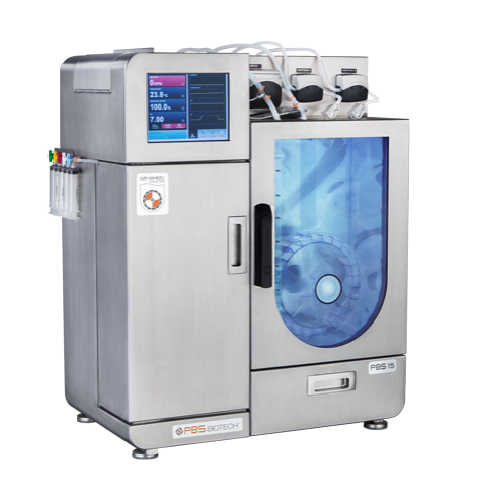
15l vertical-wheel bioreactor for cell therapy scale-up
Accelerate your cell therapy scale-up with a bioreactor that offe...
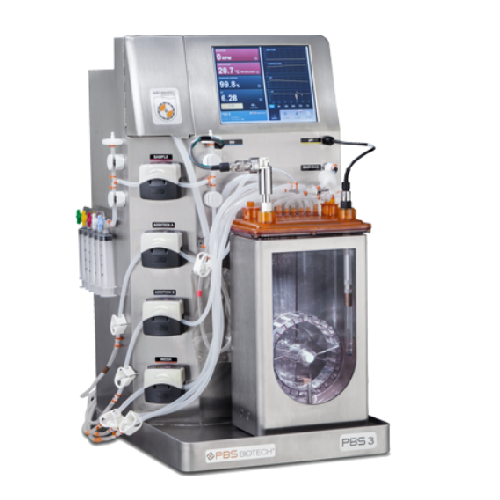
Vertical-wheel bioreactor for cell therapy applications
Elevate your cell culture process with a bioreactor designed for ...

Large-scale bioreactor for cell therapy manufacturing
Tackle the challenge of scaling therapeutic cell production with a ...
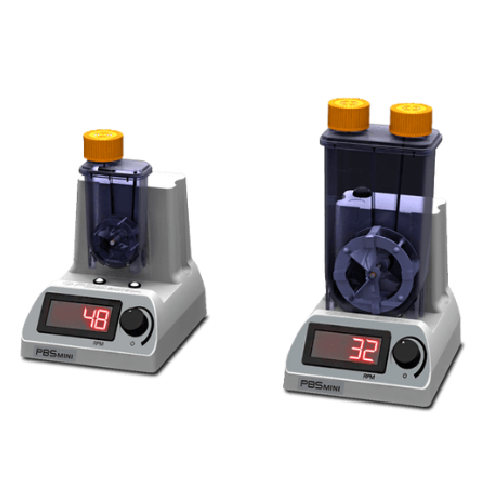
Compact bioreactor for cell therapy process development
Quickly scale your cell culture processes with scalable mixing te...
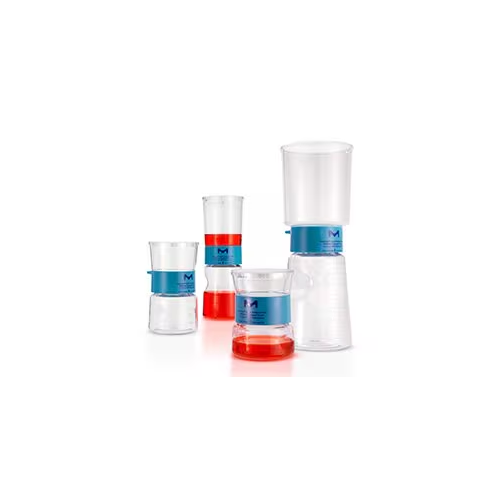
Sterile filtration for cell culture media
Ensure sterility in cell culture and bioprocessing with advanced filtration solu...
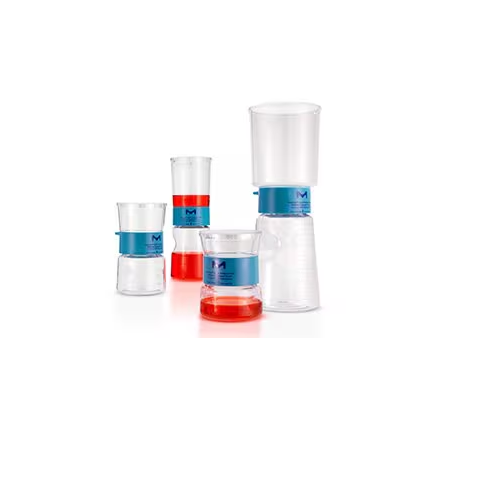
Vacuum filtration for sterile media and buffer preparation
Achieve reliable sterilization and filtration of cell culture...
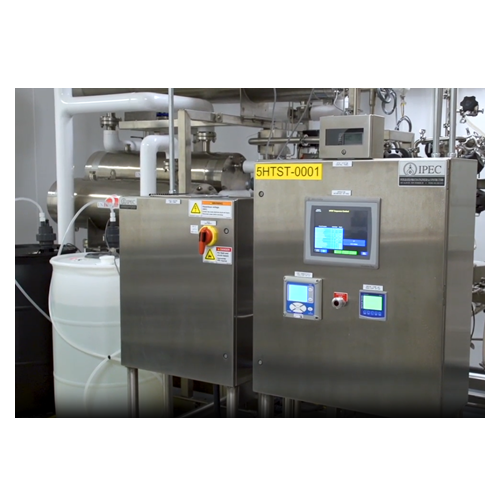
Bioprocessing liquid cell culture media
Streamline your bioprocessing with sterile liquid media solutions that ensure optim...
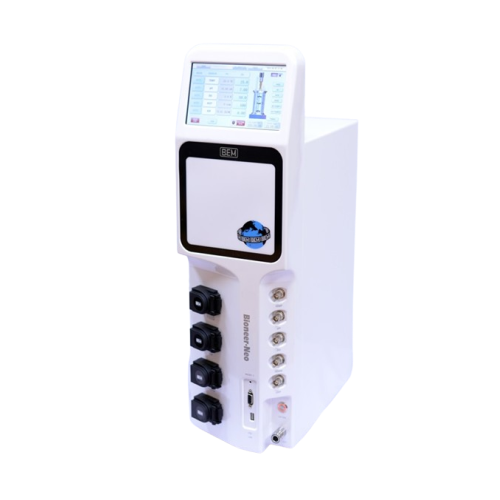
Compact fermentor for research and scale-up studies
Optimize your bioprocess development with a desktop fermentor that of...
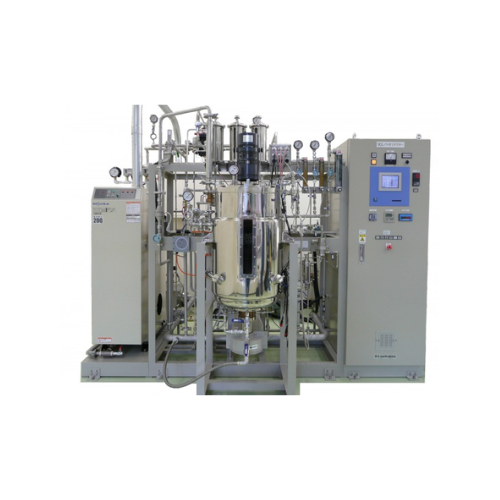
Sterilization in place fermentor for bioprocess applications
Optimize your fermentation processes with seamless integrat...
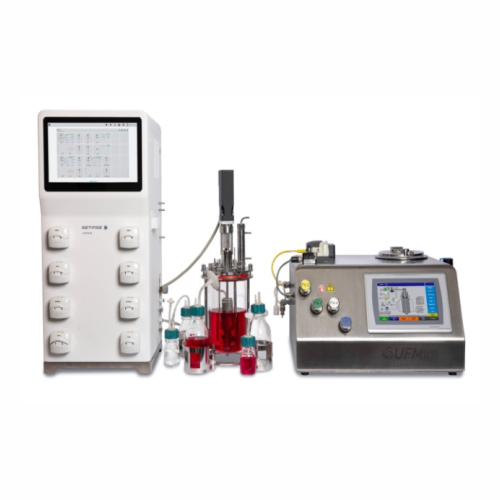
Adherent cell expansion platform
Maximize adherent cell culture scalability and minimize operational costs with a platform d...
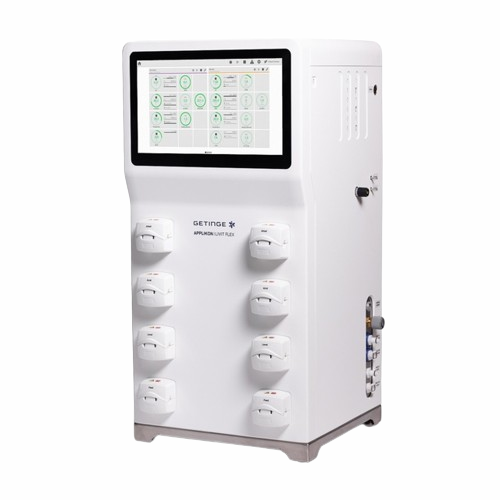
Controller for lab-scale bioreactors
Optimize your bioprocessing capabilities with a versatile controller that manages both...
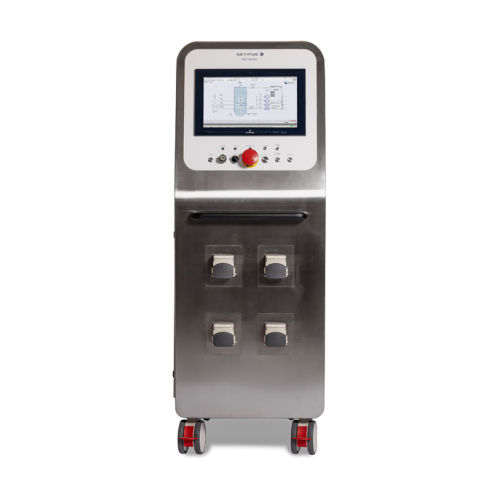
Controller for pilot and production scale bioreactors
Optimize your bioprocess with a robust, configurable controller des...
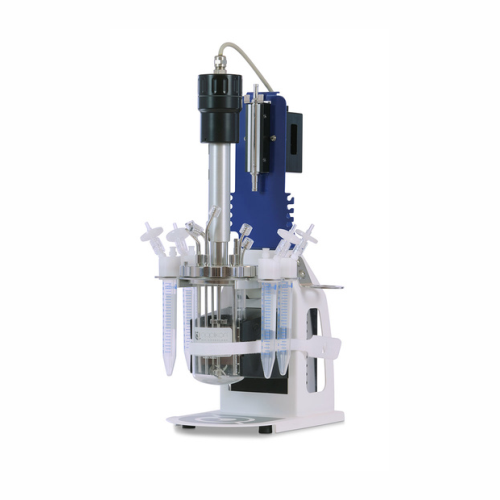
Small size multi-use glass autoclavable bioreactor
Optimize your laboratory space with this compact bioreactor that reduc...
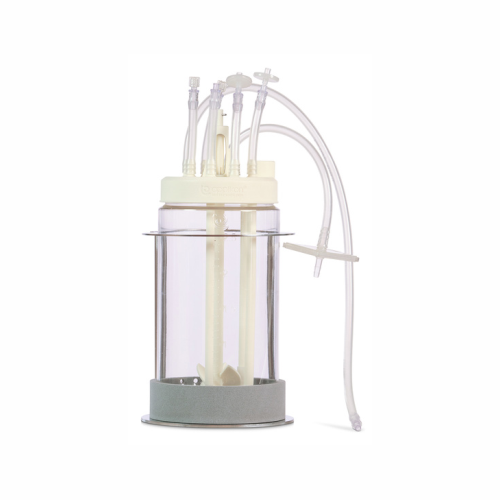
Single-use lab-scale bioreactor for upstream bioprocessing
Streamline your bioprocess development with a customizable, s...

Bench top bioreactor for microbial and cell cultures
Optimize your bioprocessing workflow with this versatile bench top s...
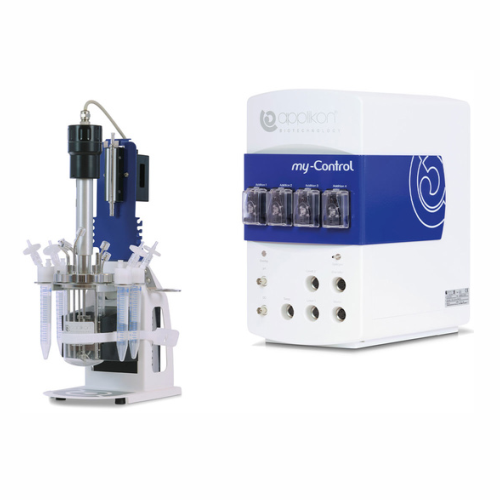
Turnkey bioreactor system for cell culture
Streamline your bioprocessing with a complete cultivation system; ideal for pro...
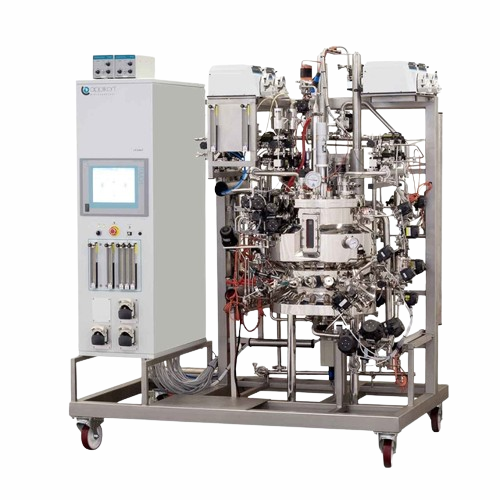
Stainless steel bioreactor for small-scale bioprocess production
Optimize your bioprocess development with a modular sta...
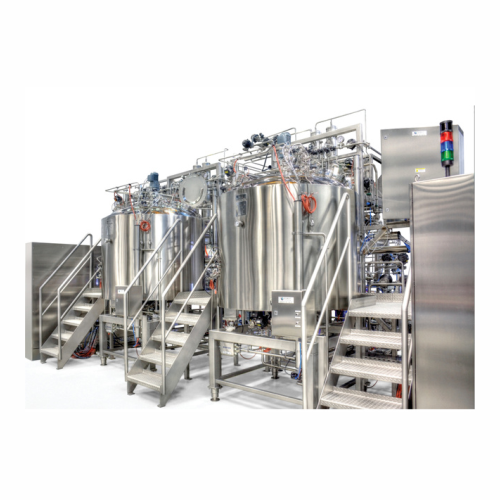
Stainless steel bioreactor for cgmp production
Achieve reliable and scalable production of life-saving medicines with a cu...
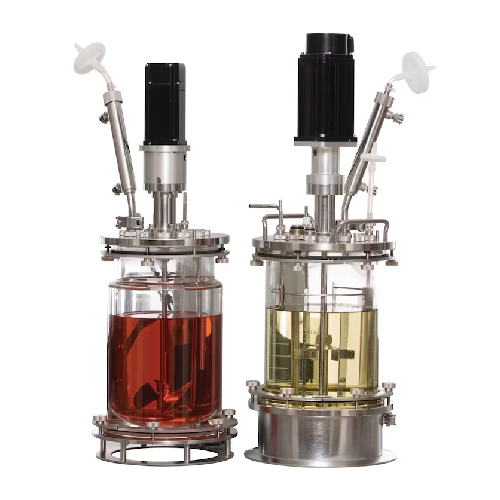
Bioreactor for mammalian and microbial cell cultivation
Optimize your bioprocesses with advanced temperature and heat tra...
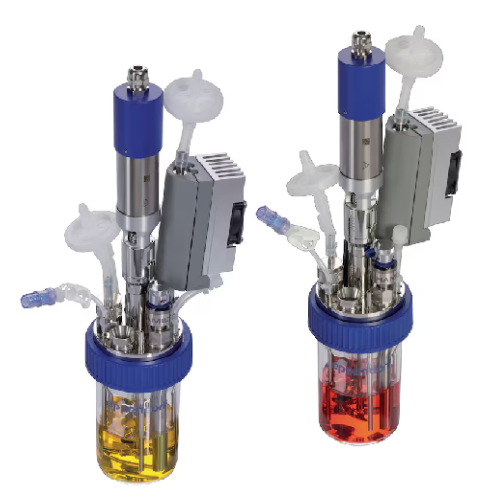
Mini bioreactor for cell culture and microbial process development
Achieve precise control and reproducibility in small...
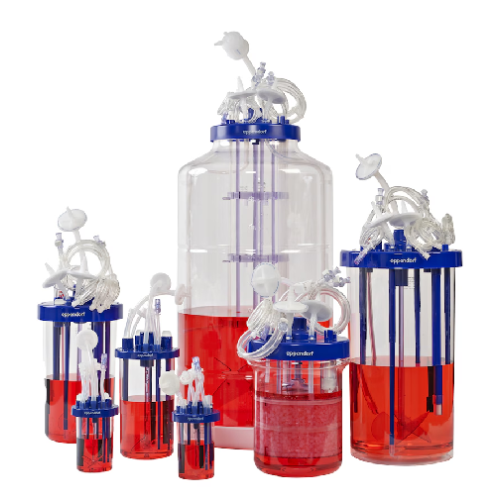
Single-use bioreactors for mammalian and insect cell cultivation
Optimize your bioprocesses with scalable, single-use bi...
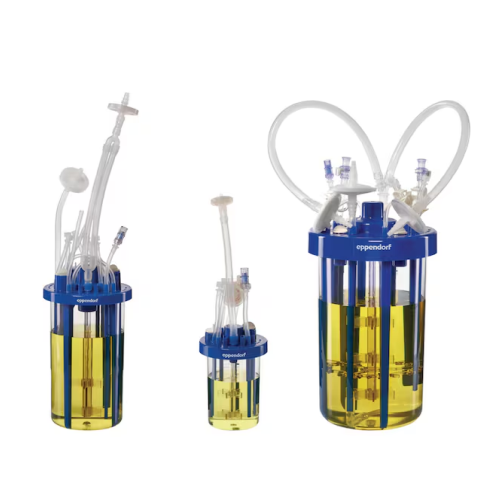
Single-use bioreactors for microbial fermentation
Optimize high-density fermentation with advanced single-use bioreactor ...

High-speed centrifuge for laboratory applications
Maximize efficiency in high-volume centrifugation tasks with this versa...
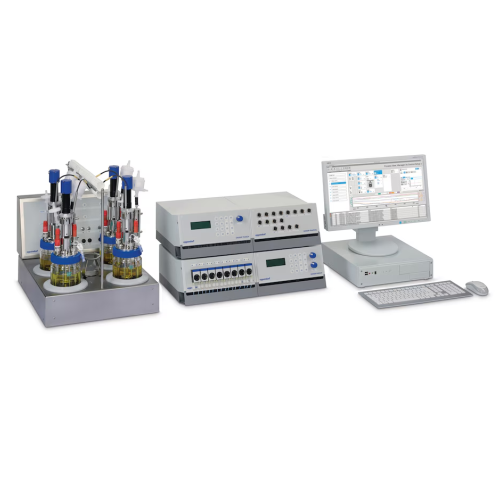
Parallel bioreactor system for cell culture and microbiology
Optimize bioprocess development with a scalable system desi...
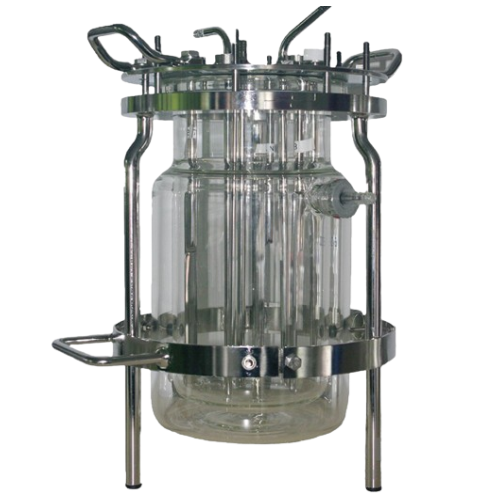
Bioreactor for cell culture yield optimization
Streamline complex cell culture processes with a bioreactor designed to enh...
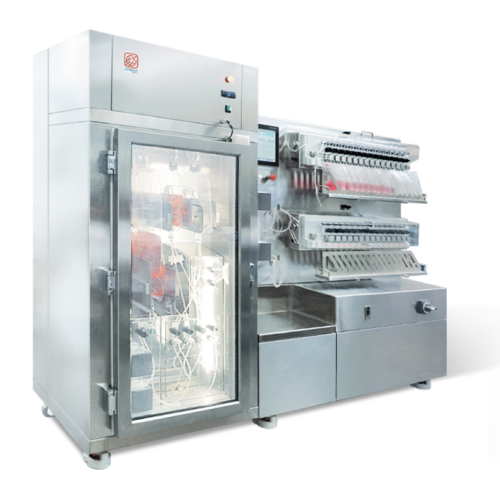
Semi-automatic filling system for cell and gene therapy
Optimize your cell and gene therapy processes with a modular fill...

Cell & gene therapy isolator with integrated incubation
Enhance your cell and gene therapy workflow with a modular isolat...
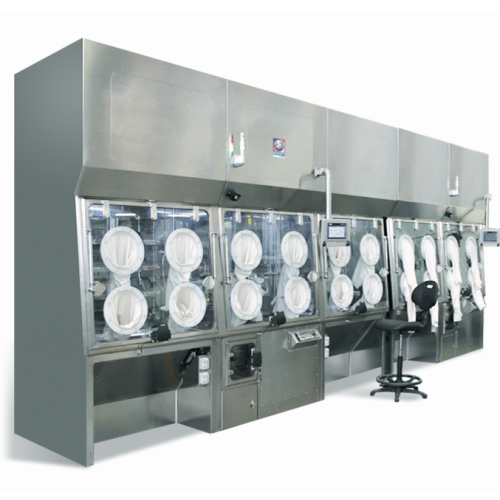
Isolator for aseptic cell culture processing
Ensure sterility and reduce cross-contamination risks in your cell culture pr...
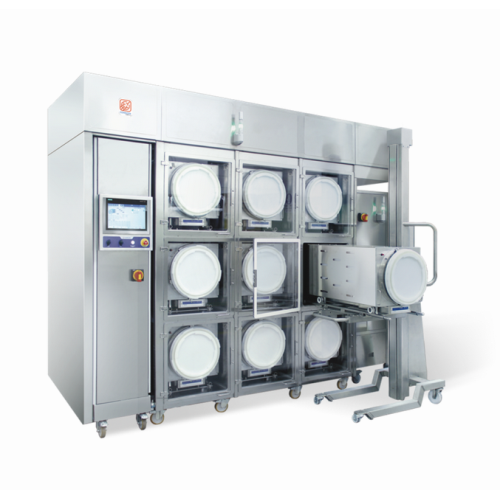
Incubation system for cell culturing in therapy labs
Optimize your cell culturing capabilities with a cutting-edge incuba...

Cell culture isolator for regenerative medicine
Ensure aseptic conditions for cell and gene therapy by maintaining a conta...

Autoclavable glass fermentor for biotech research
Optimize your fermentation processes with a versatile benchtop solution...
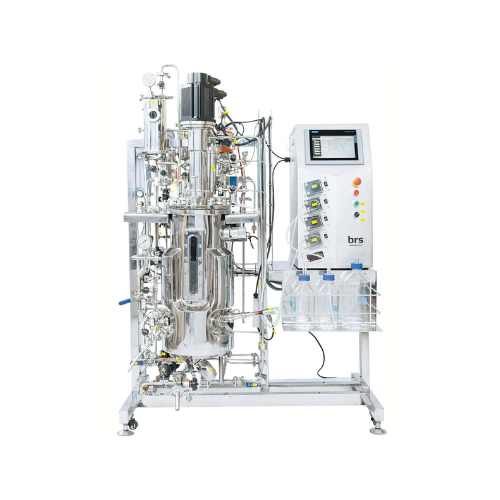
Pilot fermentors for biotech processes
Optimize your pilot-scale production with versatile fermentors and bioreactors desig...
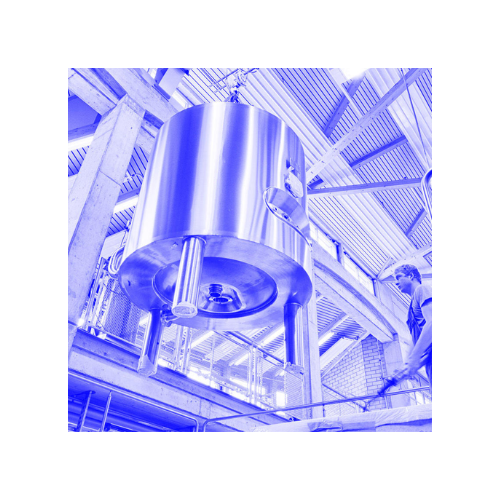
Sterile media and buffer storage tanks
Ensure uninterrupted bioproduction with our tanks designed for secure storage and pr...

Media and buffer preparation solution for bioprocessing
Achieve seamless media and buffer preparation with precise dosing...
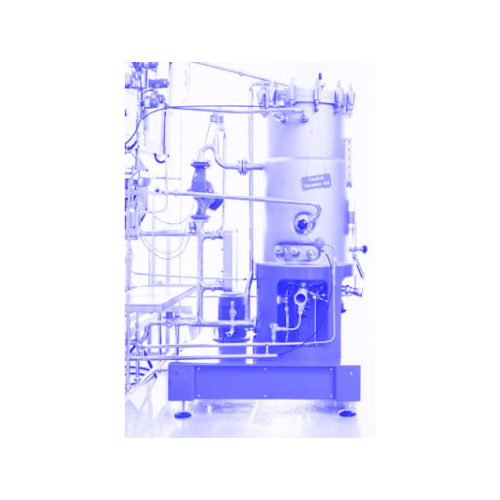
Autoclavable and in-situ sterilizable lab-scale fermentors
For researchers seeking precise control in bioprocessing, the...
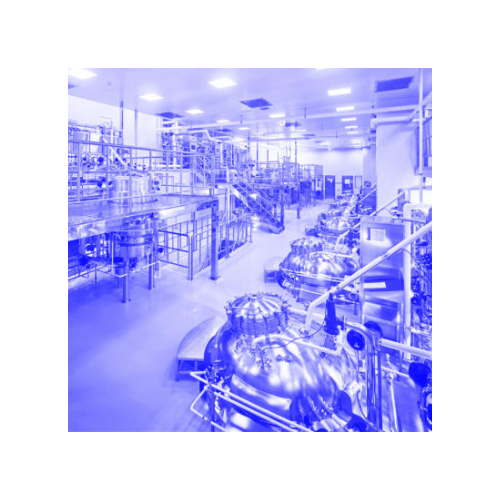
Bioreactors for cell culture processes
Efficiently cultivate sensitive cell lines with customizable bioreactors designed to...

Filter stations for sterile filtration in biopharmaceuticals
Ensure sterility and precision in your biopharmaceutical pr...
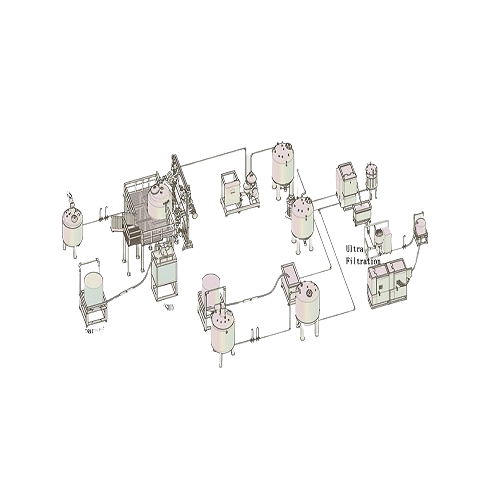
Hybrid bioprocess system for cell culture and purification
Streamline your bioprocessing operations with a versatile sol...
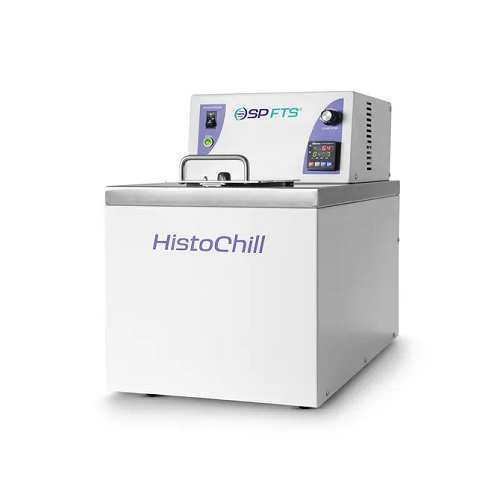
Temperature-controlled bath for tissue sample freezing
Achieve rapid and reliable tissue freezing for precise histologica...

Aseptic filling line for biopharmaceuticals
Streamline your aseptic filling process with precision dosing and minimal spac...
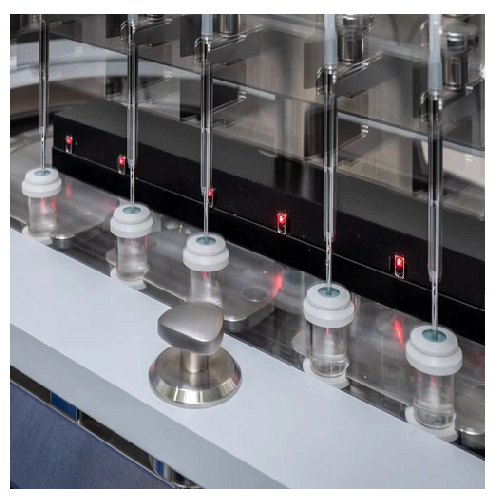
Aseptic filling line for biopharmaceutical products
Achieve precision and sterility in high-speed liquid filling operatio...
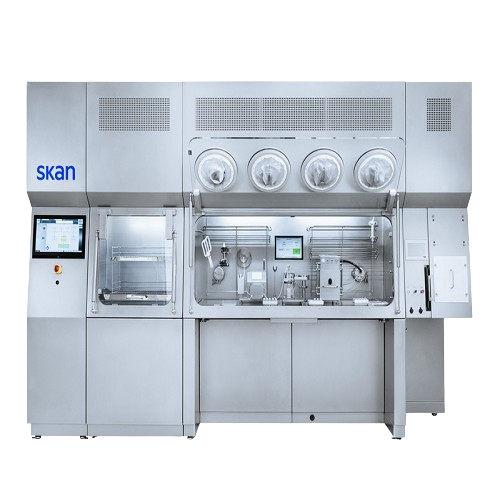
Aseptic filling solution for small cgmp batches
Ensure sterile and efficient filling of small-volume parenterals while mai...
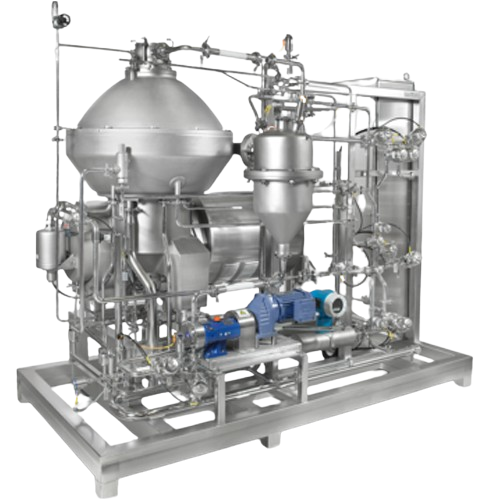
Microbial cell clarification solution
Achieve high-yield, foam-free microbial cell clarification with minimal shear stress ...
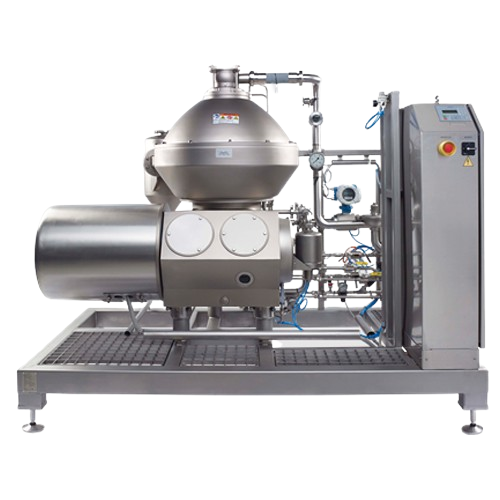
Biopharma cell centrifuge for gentle protein recovery
Ensure gentle cell harvesting and enhanced yield in bioprocessing w...
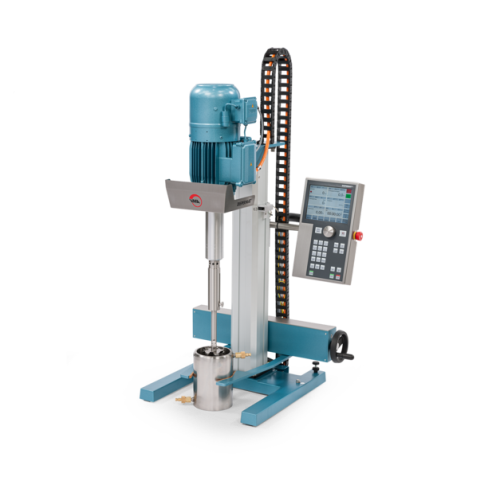
Rotary homogenizer for laboratory and pilot plant
For achieving optimal dispersion in complex formulations, this solution...
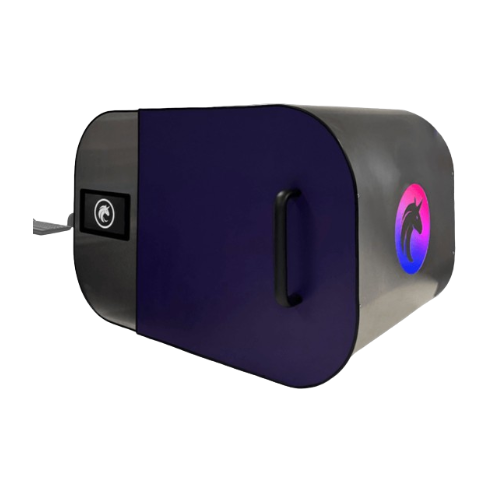
Automated cell culture system for ipscs
Streamline your stem cell culture operations with a system that automates seeding, ...

Automated cell manufacturing system for stem cells
Revolutionize cell culture with a fully automated system designed to s...
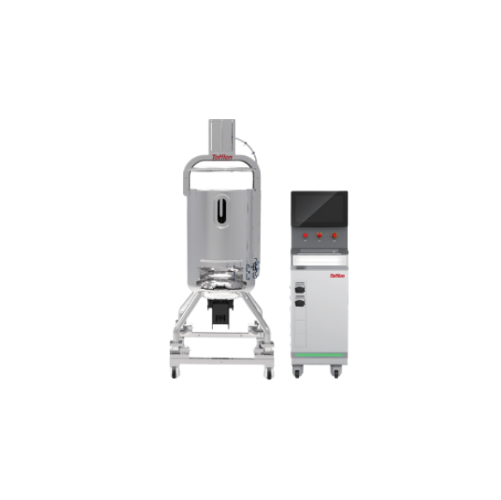
Single use bioreactor for cell culture and fermentation
Optimize your cell culture processes with scalable, single-use bi...
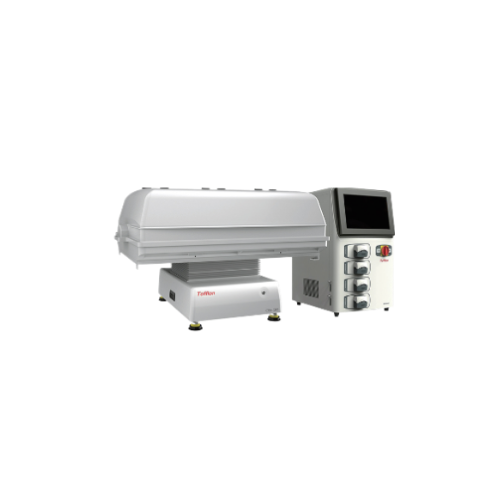
Cell expansion system for antibody drug production
Enhance your biopharmaceutical production with efficient cell expansio...
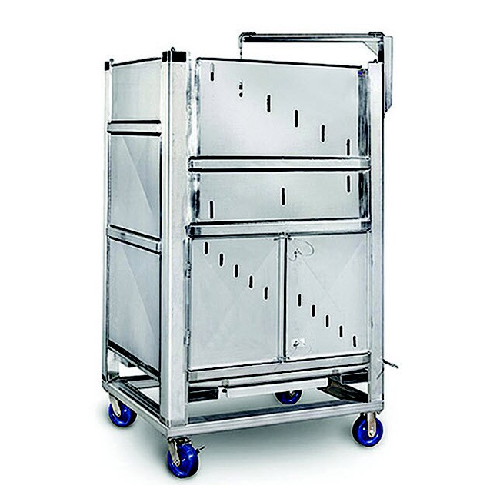
Stainless steel container for bioprocessing
Optimize the containment and handling of large-volume biopharmaceutical liquid...

Large-volume sterile liquid storage solution
Efficiently store and transfer large volumes of sterile process liquids with ...
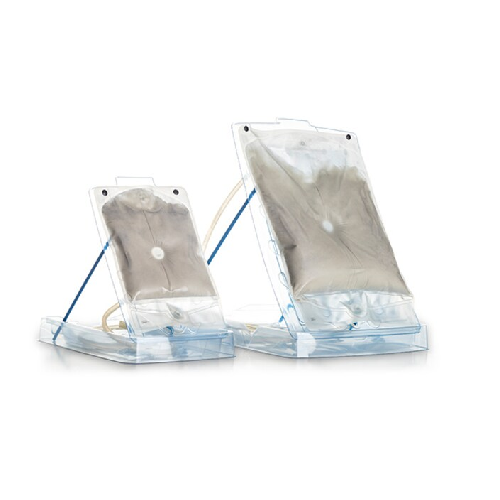
Microcarrier separation system for adherent cell cultures
Enhance your production efficiency with a scalable, single-use...
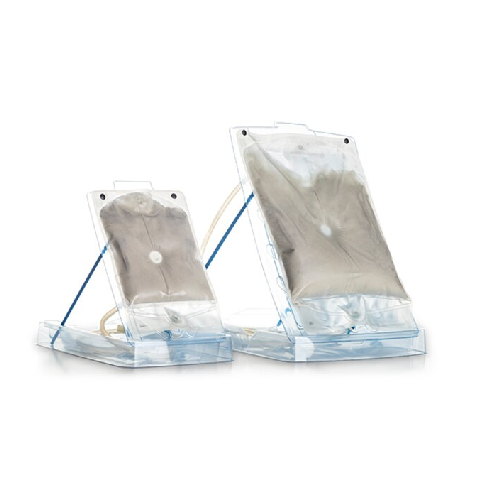
Microcarrier separation system for adherent cell culture
Enhance cell culture production efficiency by integrating a seam...
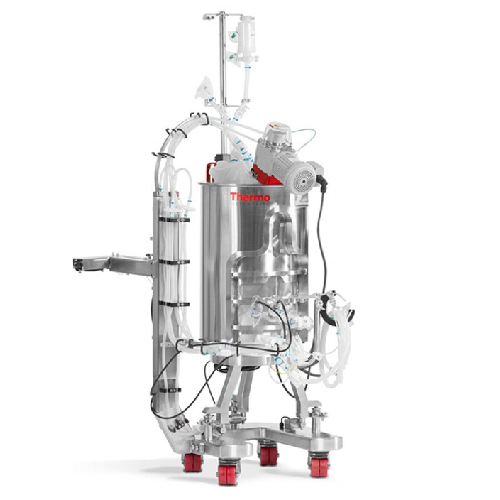
Single-use bioreactor for protein expression
Optimize your biopharmaceutical production with an advanced single-use biorea...
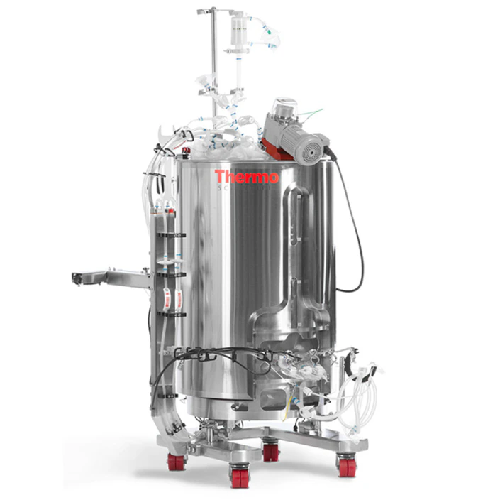
Single-use bioreactor for cell culture applications
Achieve optimal cell growth and product yield with a single-use biore...
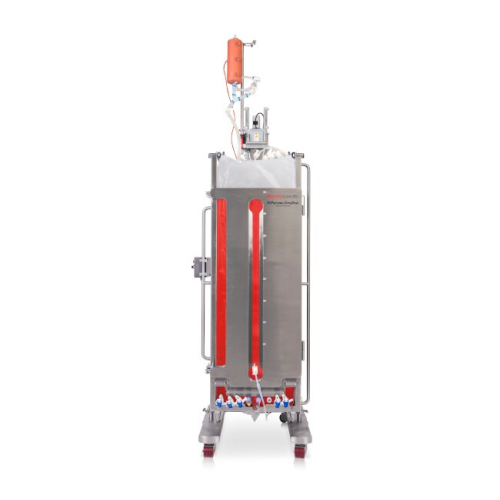
Single-use bioreactor for high volume cell cultures
For optimizing cell culture efficiency, this advanced bioreactor revo...
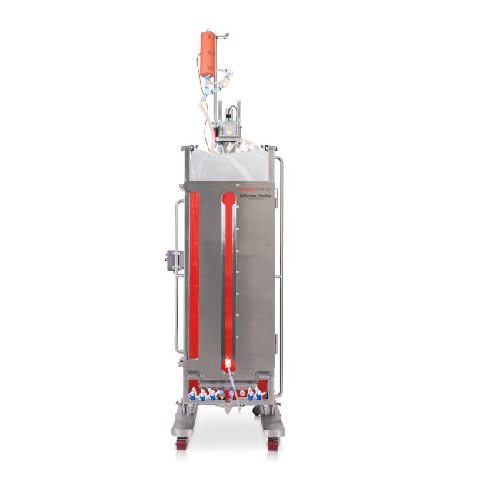
Single-use bioreactor for cell culture processes
Optimize your cell culture productivity with advanced mixing dynamics tha...
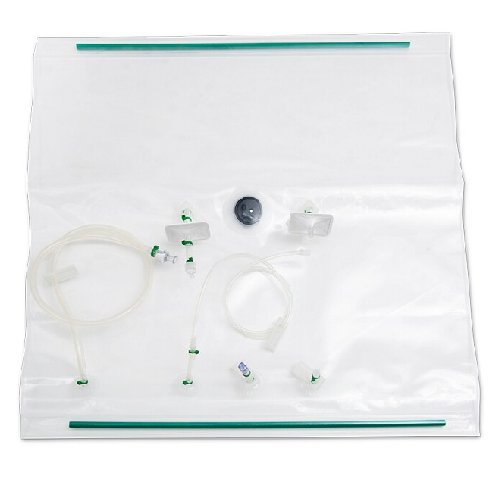
Rocker bioprocess container for cell culture processes
Optimize your bioprocessing with a container designed to enhance c...
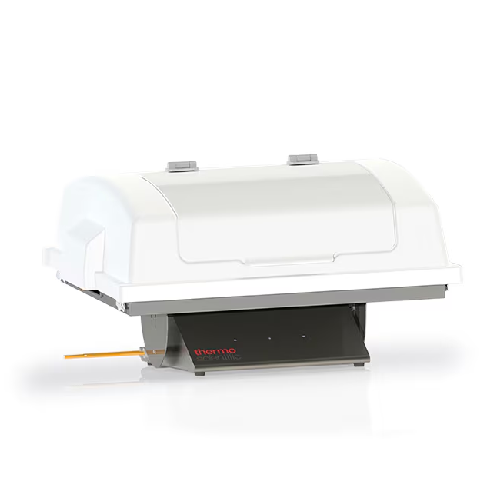
Rocker bioreactor for cell culture processes
Achieve precise control over cell culture conditions with this rocker bioreac...
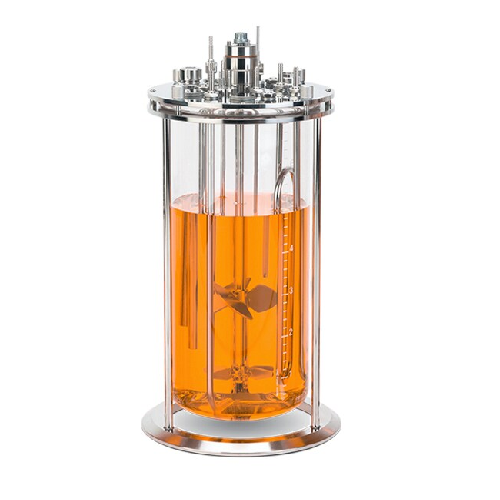
Glass bioreactor for mammalian cell culture
Optimize your bioprocessing with advanced mixing and cooling capabilities, des...

Glass bioreactor for cell culture processes
Optimize your cell culture and fermentation processes with a high-efficiency b...
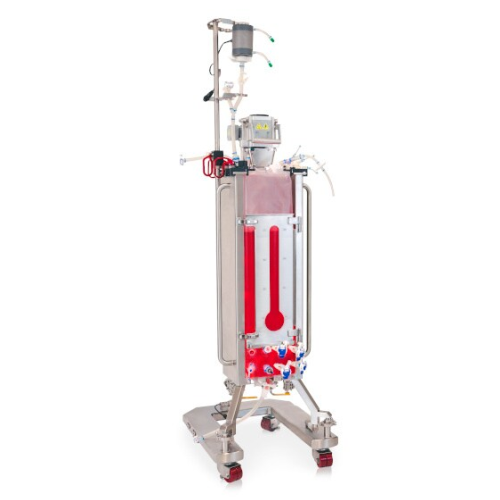
Single-use bioreactor for cell cultures
Enhance your cell culture efficiency and minimize contamination risks with a state-...
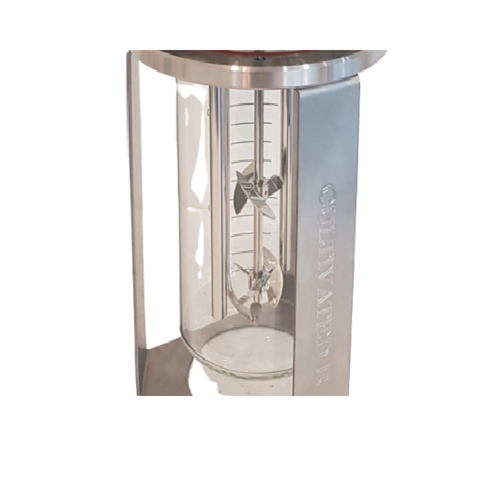
Benchtop bioreactor for research and development
Achieve precise control over fermentation and cultivation processes with ...
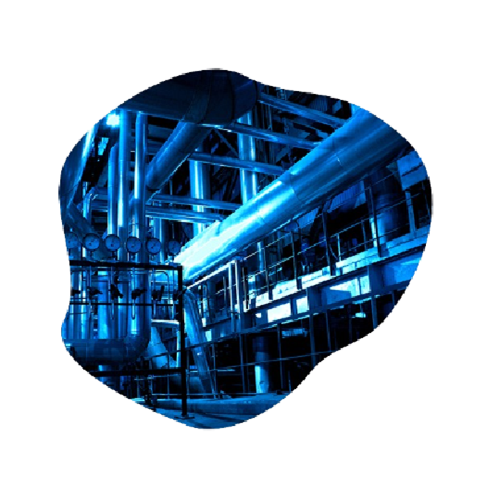
Industrial-scale bioreactors for large-scale biomanufacturing
When producing at large volumes, efficient and reliable bi...
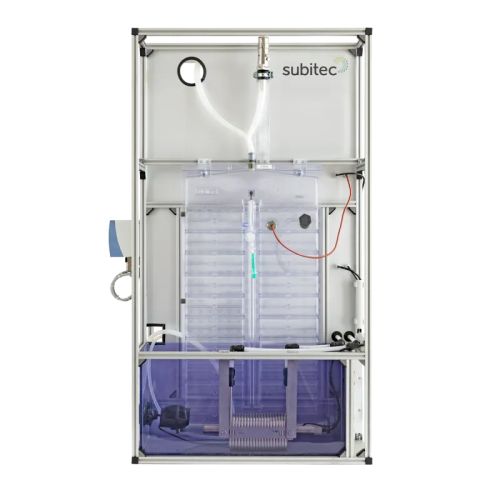
Lab-scale microalgae cultivation system
Achieve precise control of microalgae cultivation with optimized growth conditions ...
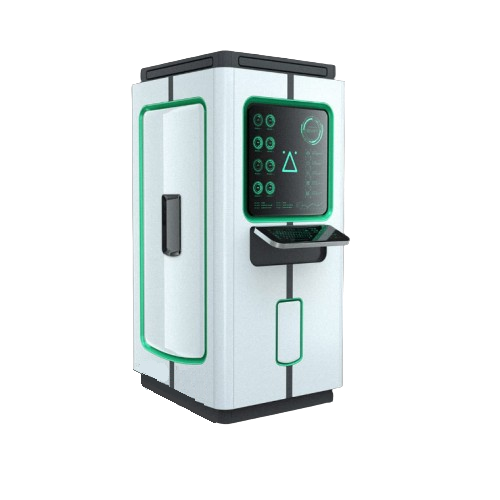
Desktop bioprocessor for continuous biomanufacturing
Shrink your biotech facility to a bench-top unit, achieving seamless...
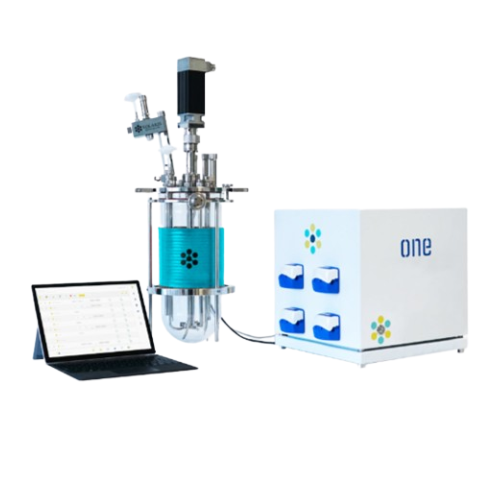
Benchtop stirred fermenter for precise fermentation control
Optimize your fermentation and cultivation processes with pr...
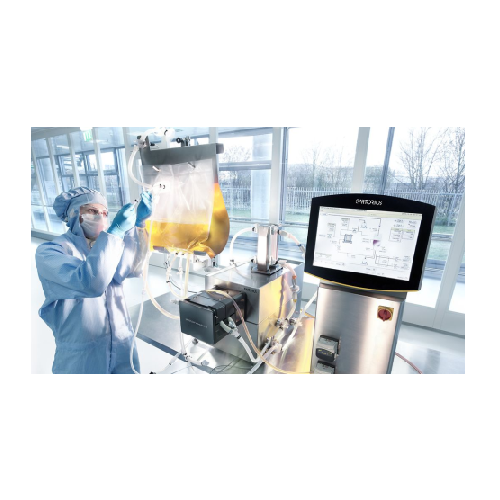
Tangential flow filtration system for cell harvesting
Optimize your biopharmaceutical production by integrating a versati...
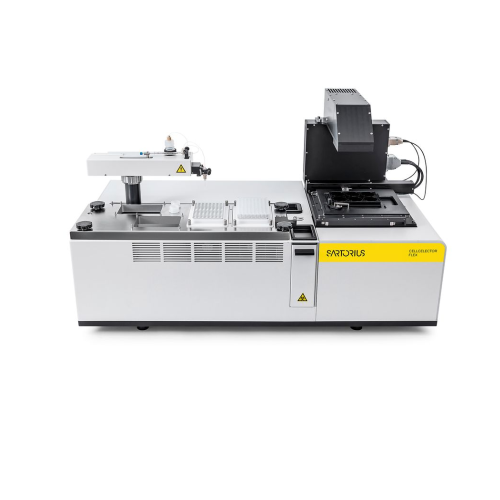
Automated single cell and colony picking system
Streamline your cell selection and retrieval processes with a high-precisi...
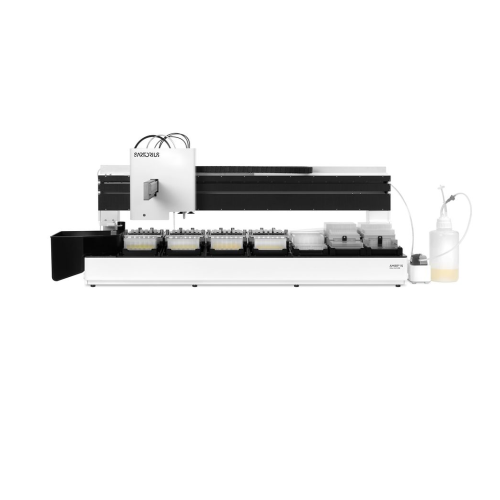
Multi-parallel bioreactors for cell line selection and process development
Enhance your biopharmaceutical production w...
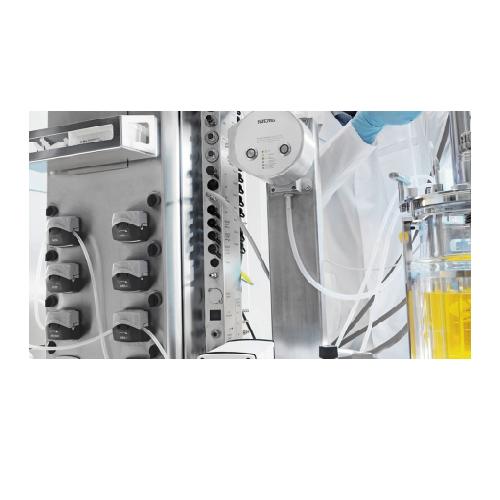
Benchtop bioreactors for microbial fermentation
Optimize your bioprocessing with scalable benchtop bioreactors, ideal for ...
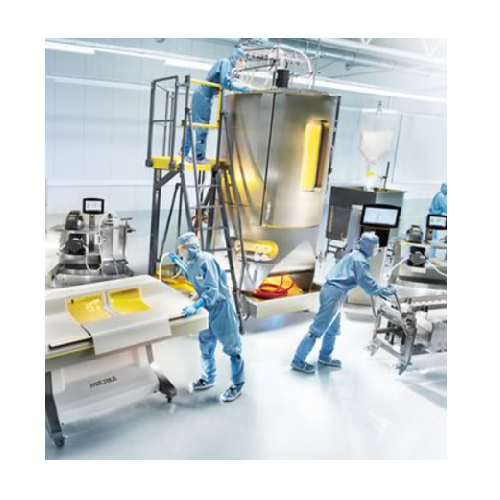
Single-use bioreactors for mammalian cell culture
Enhance agility and cut costs with scalable, single-use bioreactors ide...
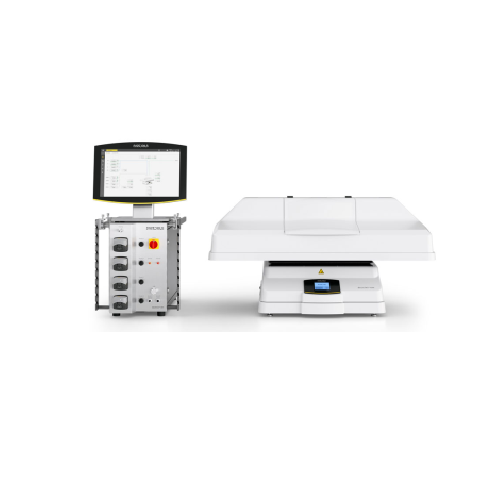
Wave-mixed bioreactor for shear-sensitive cell cultures
Optimize cell cultivation with a modular, wave-induced mixing sys...
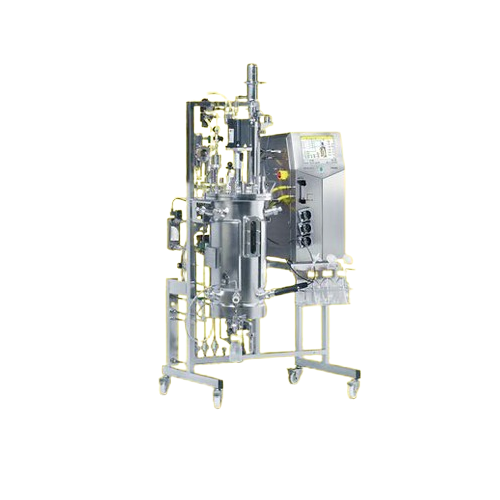
Stainless steel bioreactors
Enhance your bioproduction capabilities with robust solutions designed for efficient fermentatio...
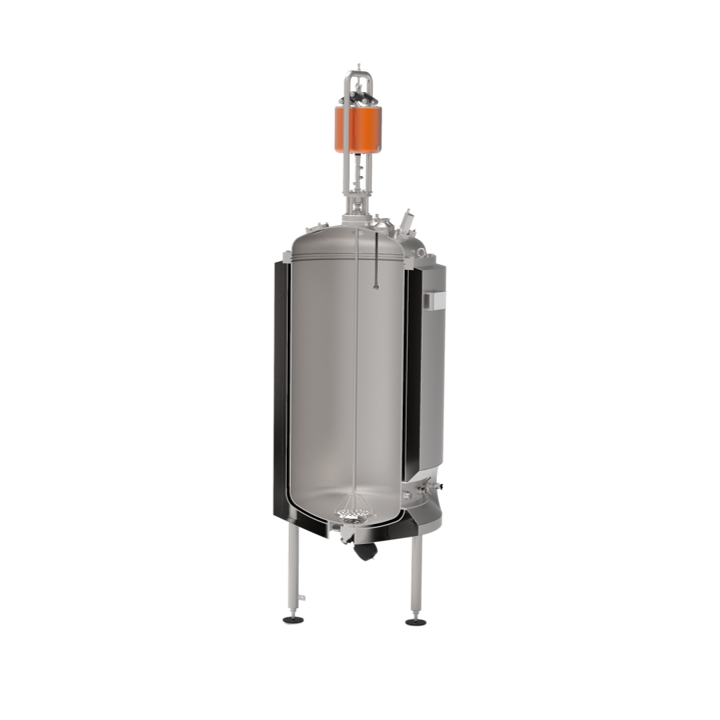
High-frequency vibratory mixer
Mixing liquid products by stirring method generates heat from friction and shear forces. This...

Automated bubble traps for chromatography
Radial flow chromatography processes require special attention and the right use...
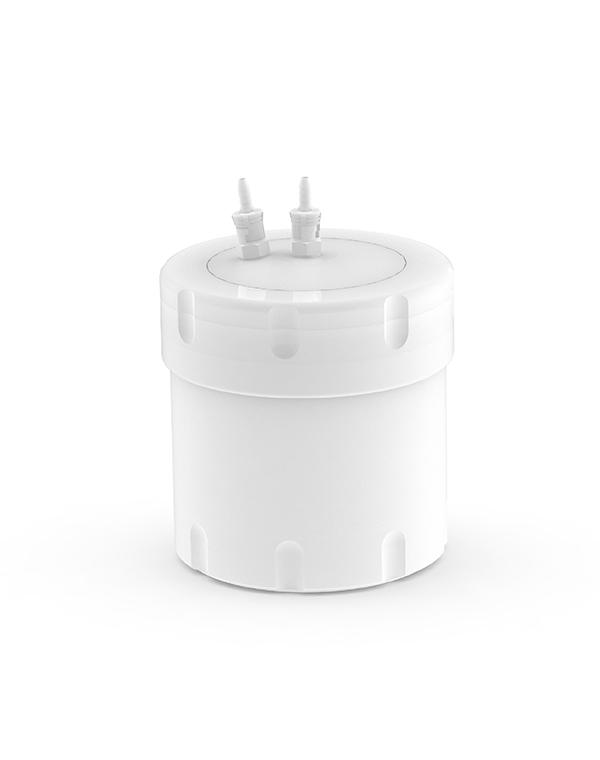
Pre-packed and pre-validated chromatography columns
In chromatography, you must always take into account the apparatus th...
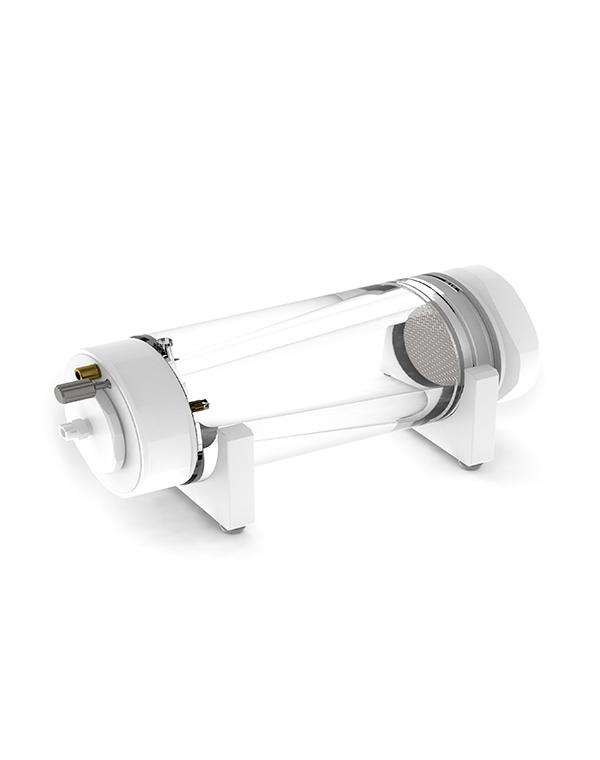
Lab-scale radial chromatography columns for virus validation
In the food industry, as an example, during lab-testing and...
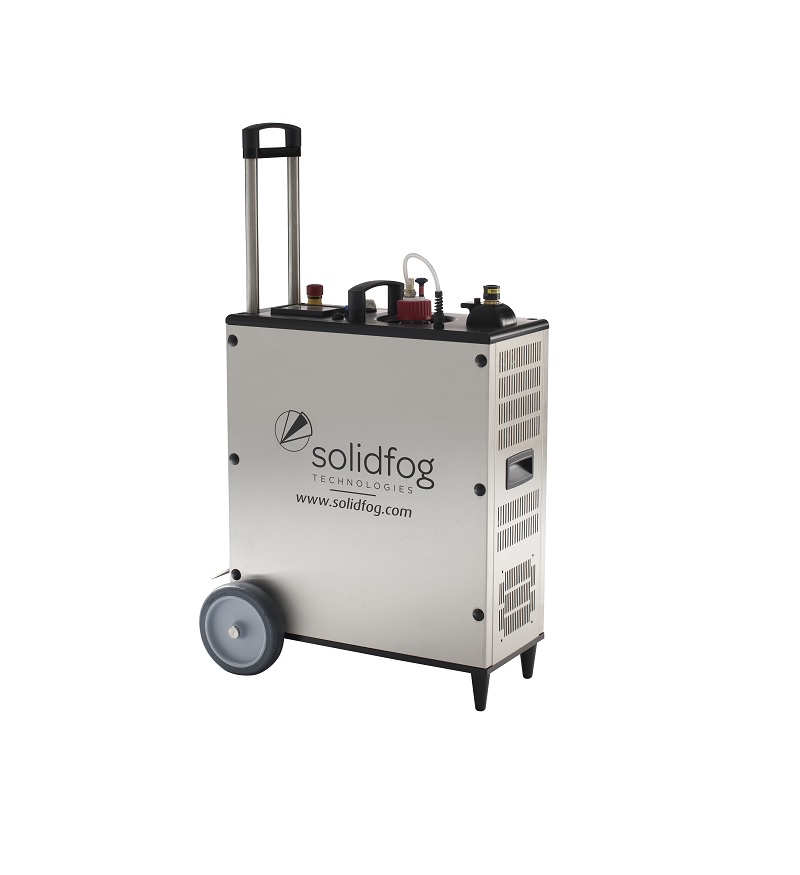
Compact H2O2 disinfection system
Dry fogging provides safe, effective microbiological cleaning of critical areas in biotech,...
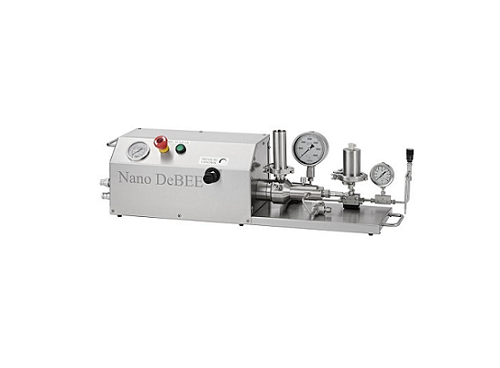
High pressure electric laboratory homogenizer
It’s vital that small units for experimentation can scale up with 100% accur...
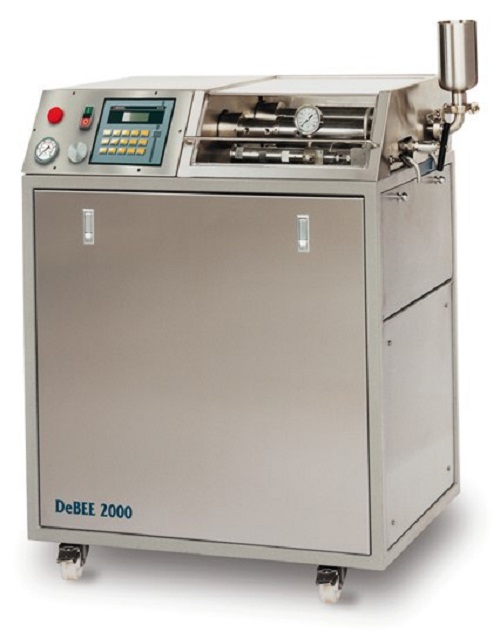
High pressure pilot homogenizer
Biotech and pharmaceutical development programs often require a mixing method that achieves ...
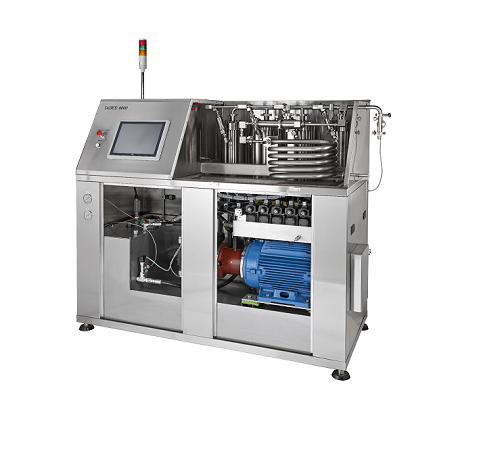
High pressure industrial homogenizer
For any industrial pharmaceutical process that relies on high pressure homogenization ...
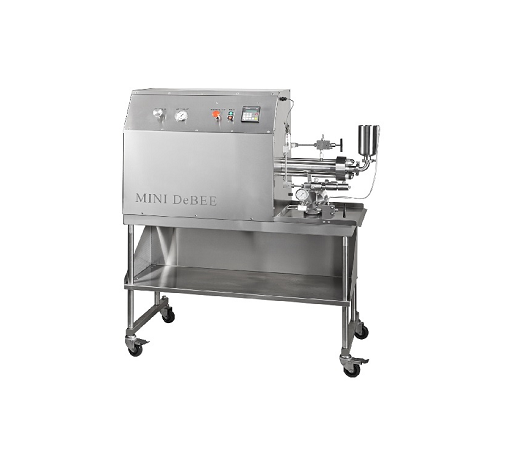
Pilot high pressure homogenizer
For maximum value, a high-pressure homogenizer that’s suitable for both laboratory and pilot...
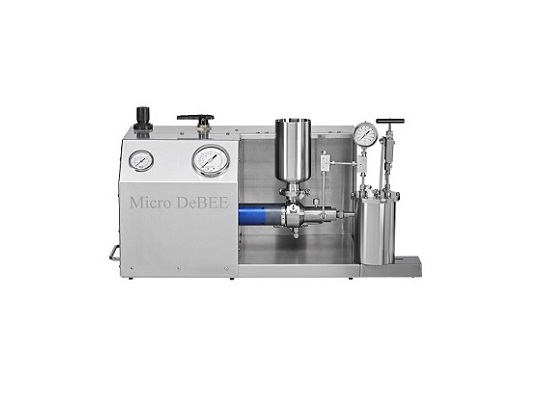
High pressure air powered laboratory homogenizer
Offering lab-scale to small pharmaceutical production scale output for in...
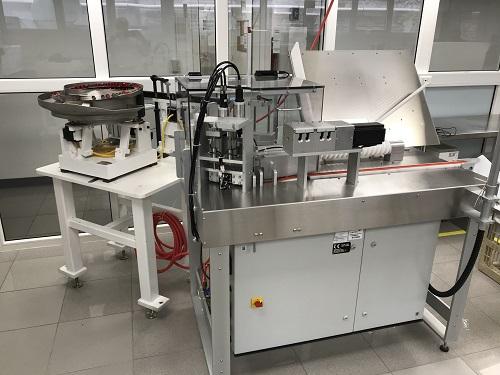
Laboratory test tube filling machine
Test tube filling needs to be accurate and efficient. Moreover, large laboratories tes...
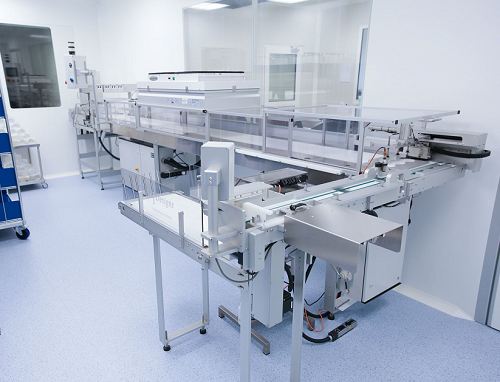
Industrial petri dish filling machine
High throughput petri dish filling machines are traditionally slow and require a larg...
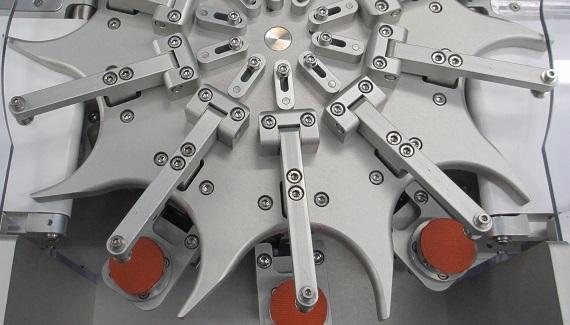
Fast printer for petri dishes
Adding a rotary edge printing facility to a petri dish filling system can be complex and expen...
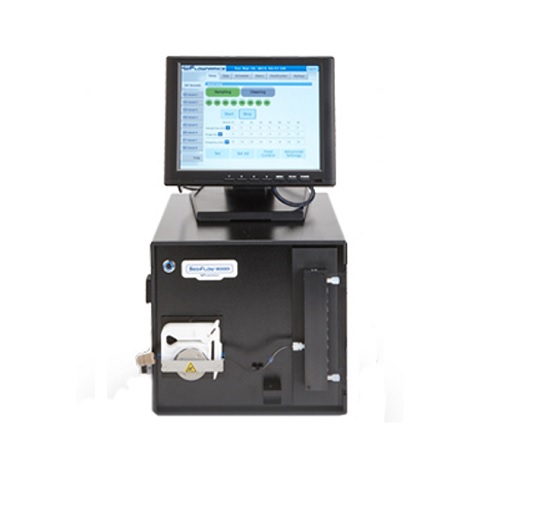
Online sampling system for larger scale bioprocesses
Accurate sampling is vital for improving a wide variety of industria...
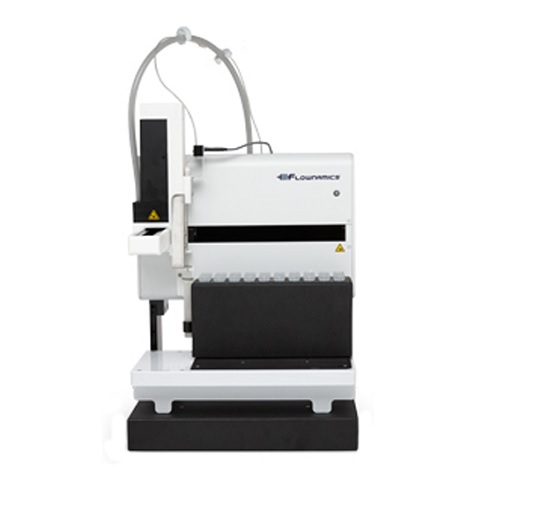
Online fraction collector for offline bioprocess analysis
Many bioprocesses require offline analysis of samples to monit...
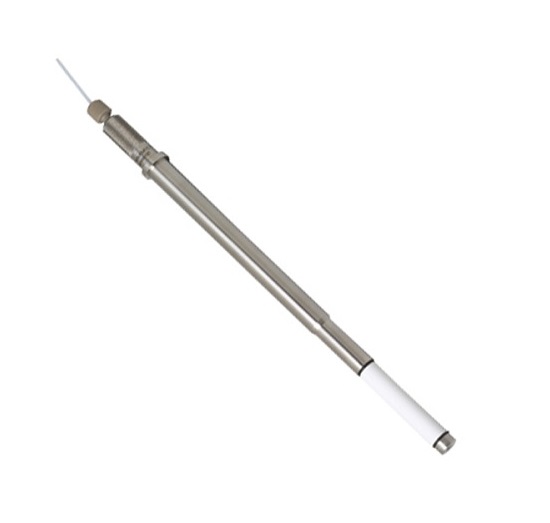
Sampling probe for bioreactor samples
In biopharmaceutical and chemical industries, sampling is vital to develop, maintain,...
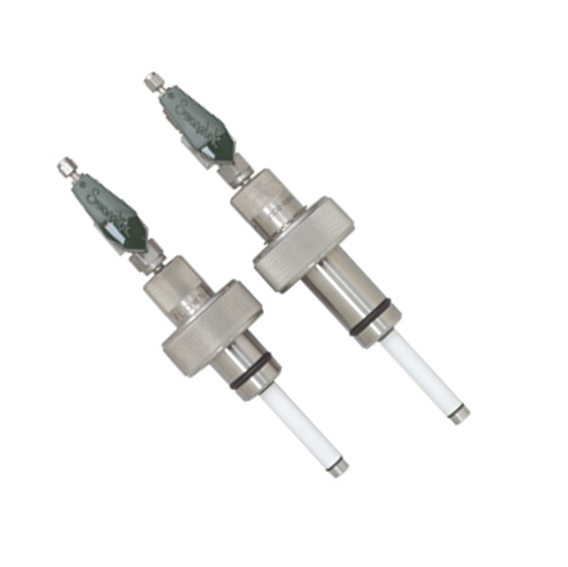
Sampling probe suitable for fermenter samples
Accurate, sterile sample collection is vital across a range of biopharmaceut...
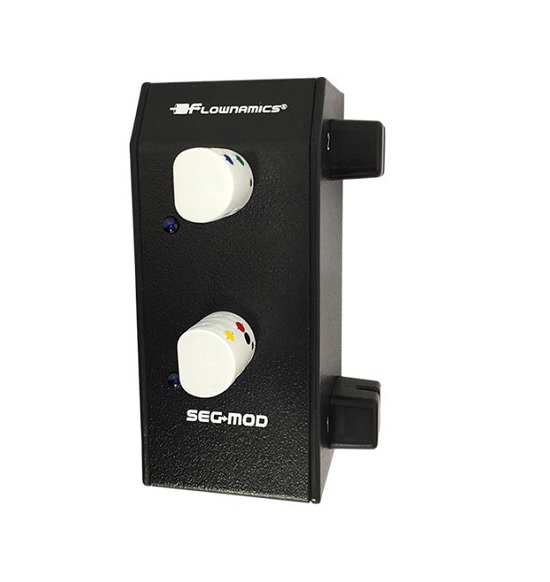
Fluid sample-taking module for high cell density cultures
Automatic sampling of reactor vessels requires careful fluid m...
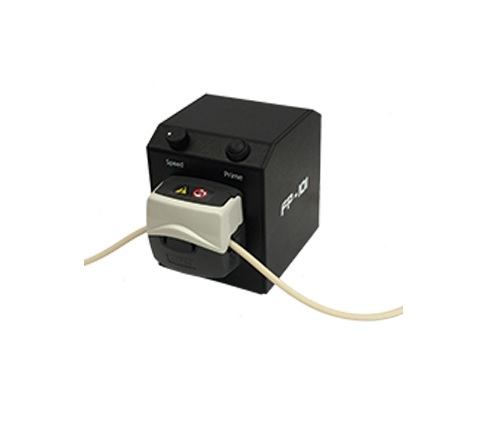
Accessory feed pump for various applications
In many biopharmaceutical or chemical development processes, lab work can be ...
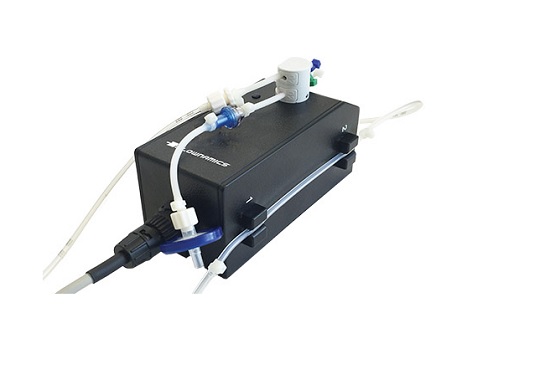
Fluid sensor technology for flow rate measurement
For many bioprocesses, precise measurement of media flow rates is vital...
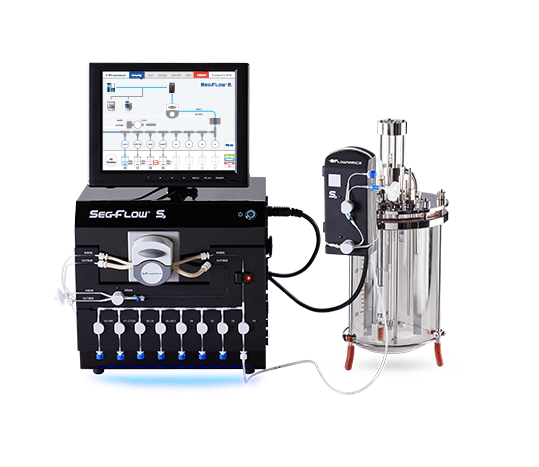
Fully Automated On-Line Sampling for Bioprocesses
Accurate sampling is a critical tool in the design and improvement of a...
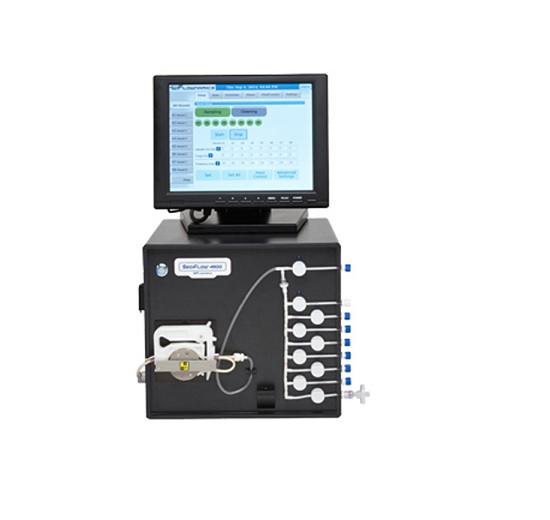
Automatic sampling system for bioprocess monitoring
An accurate, automated sampling of cultures is a key requirement in t...
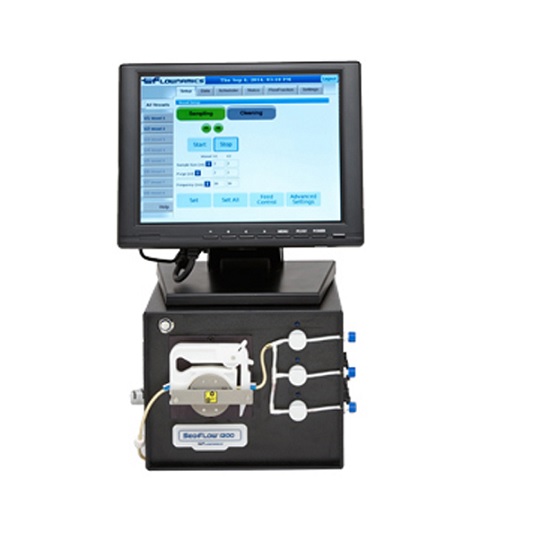
Entry-level automated online sampling system
An accurate and sterile sampling of cultures is vital throughout the biopharm...
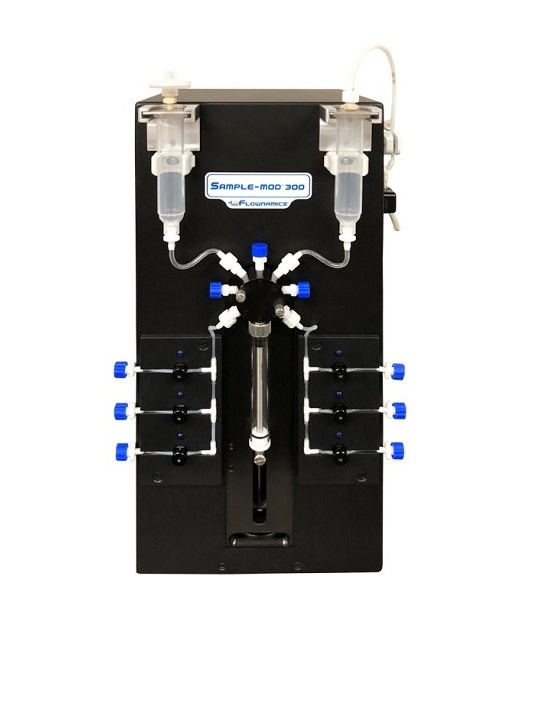
Distributor of samples to different devices
The ability to expand your automatic sampling solution provides increased flex...
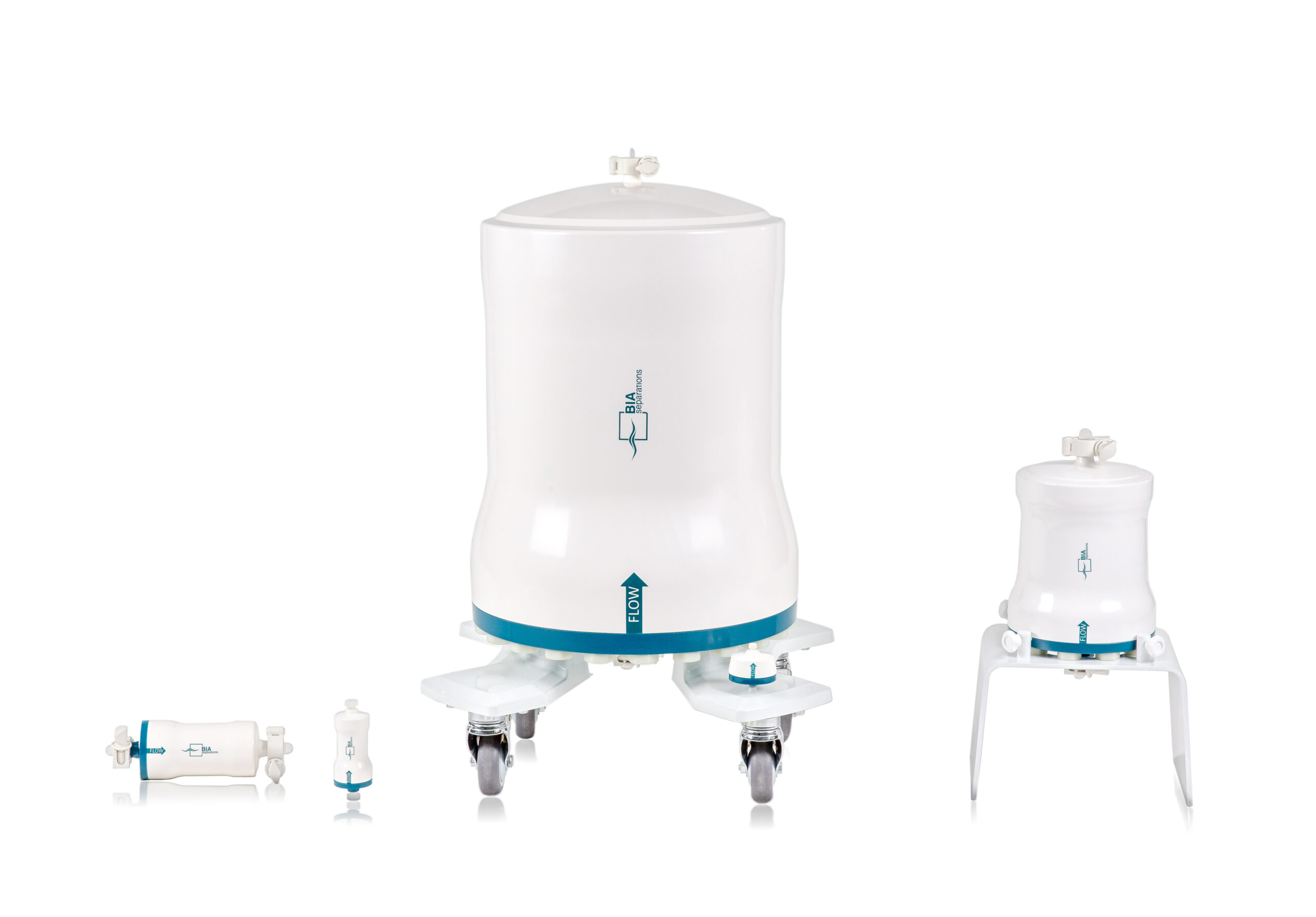
Disposable monolithic columns
Chromatographic monolithic columns for working with large proteins, viruses, VLPs and pDNA req...
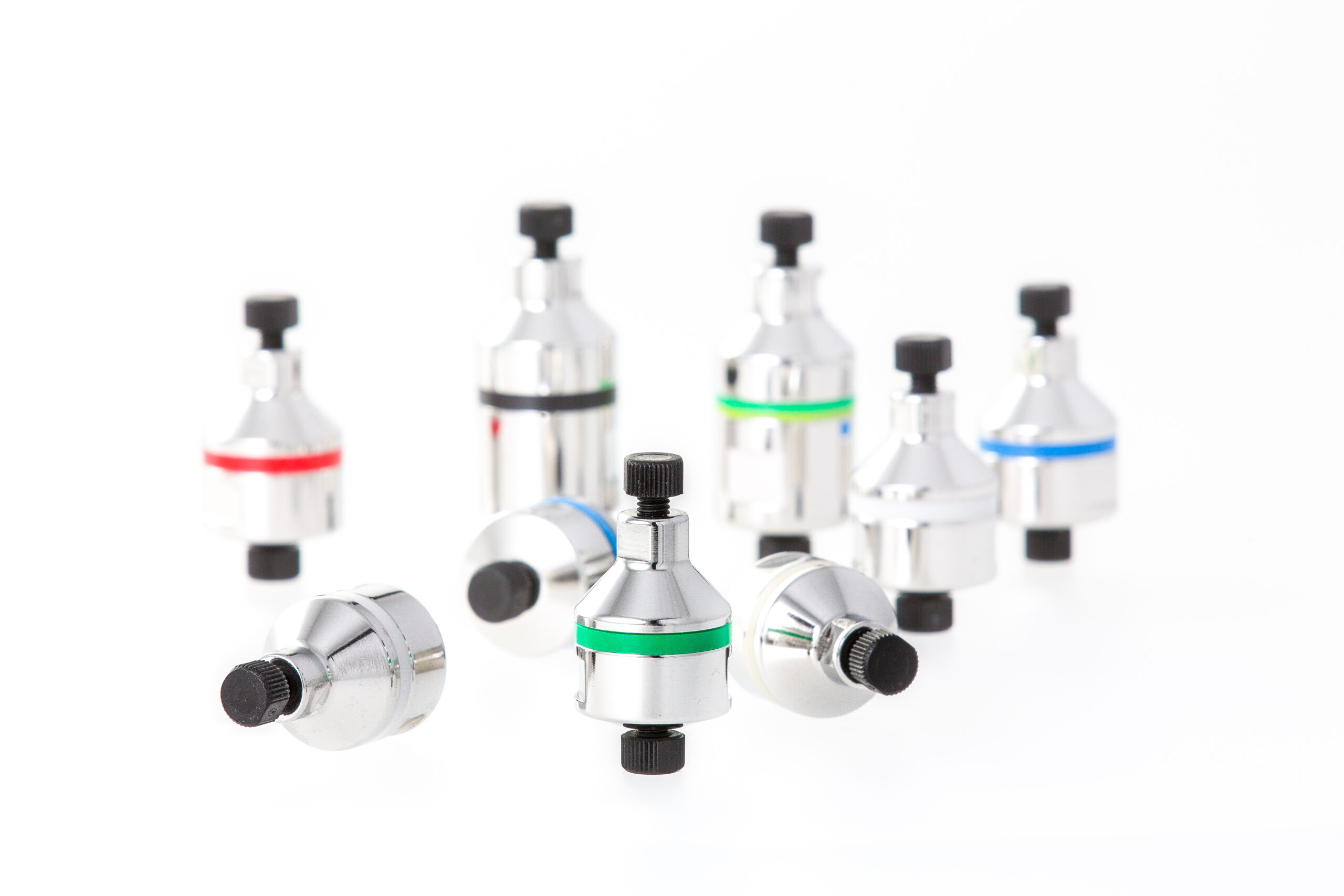
Short bed monolithic columns for analytics
Samples taken at various process steps need to be analysed quickly and accurate...
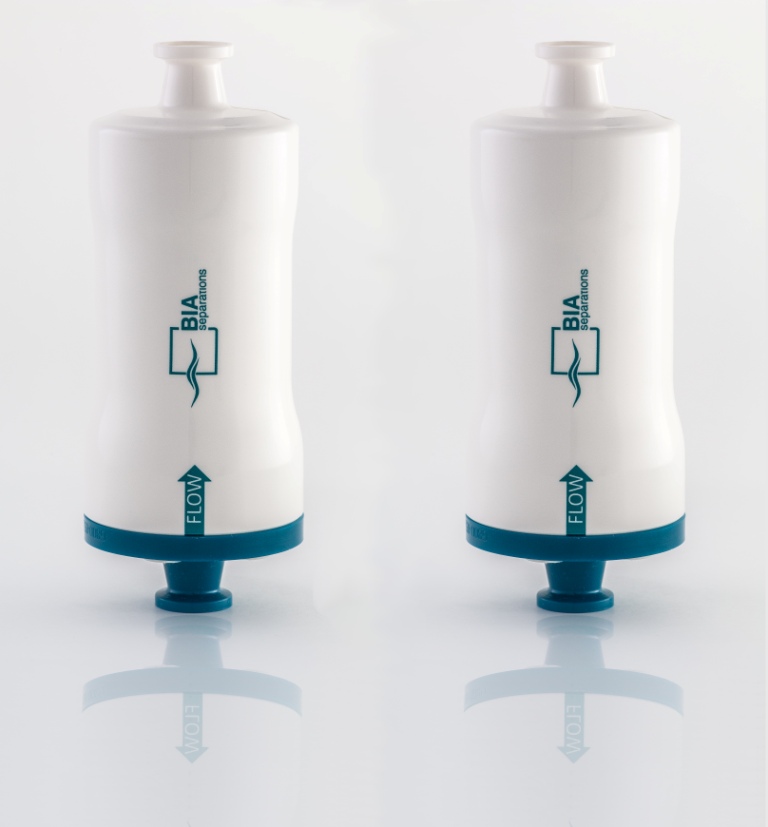
Plasmid process pack for your pDNA purification process
When developing a pDNA purification process for eventual transfer...
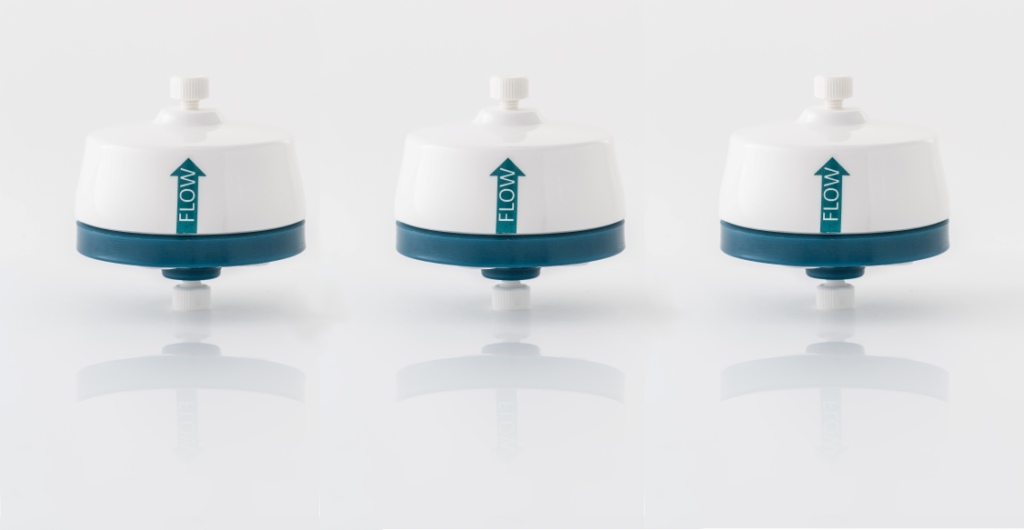
Purification screening kit for large biomolecules
To purify a specific large biomolecule, for example IgM or a virus or v...
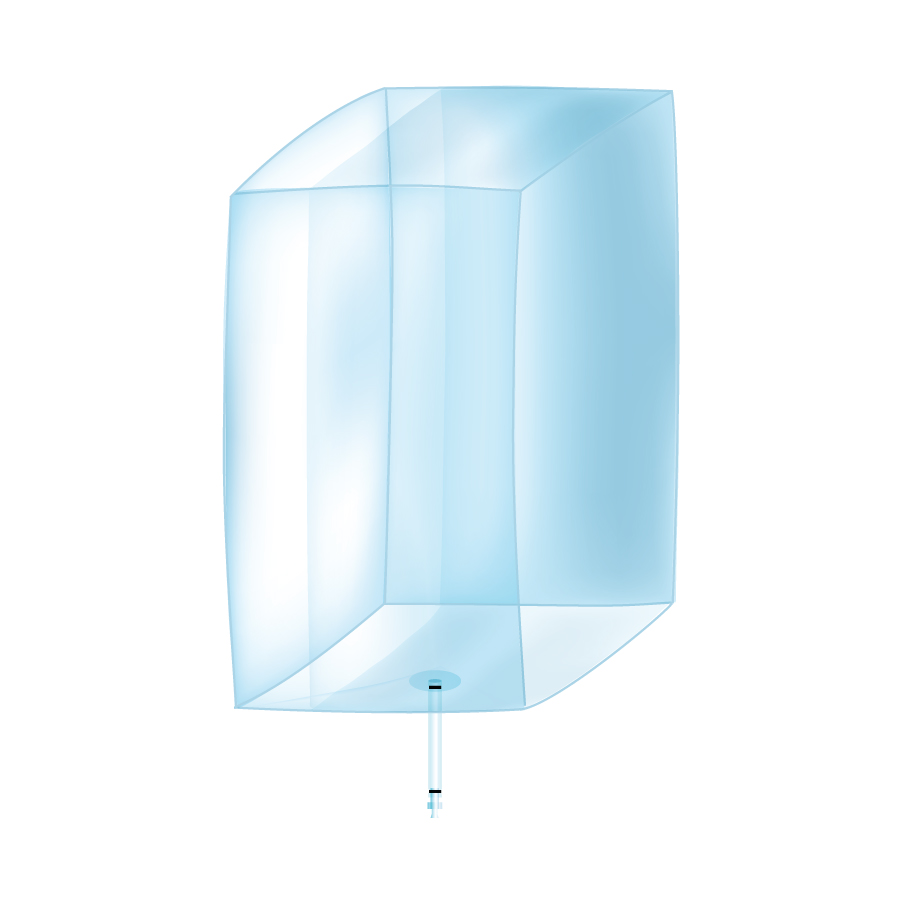
Disposable tank liners
Manufacturers in the bioprocessing industries are increasingly turning to single use solutions for the...
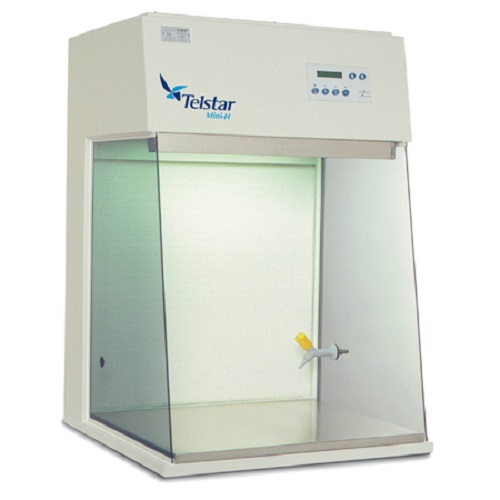
Compact horizontal laminar flow bench
HEPA filtered horizontal laminar airflow (cross-flow) creates an optimized free space...

Microbiological safety cabinet class II
This handy device offers the most advanced features in product-operator protection ...
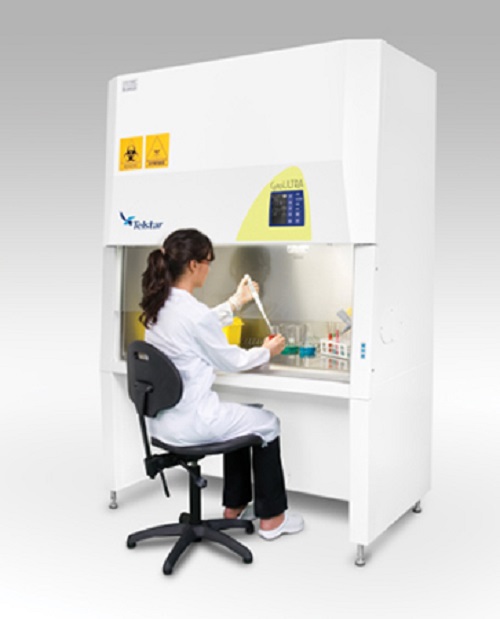
Biosafety cabinet class II for cytotoxic medicines
For the manipulation of hazardous substances utilized during the prepa...
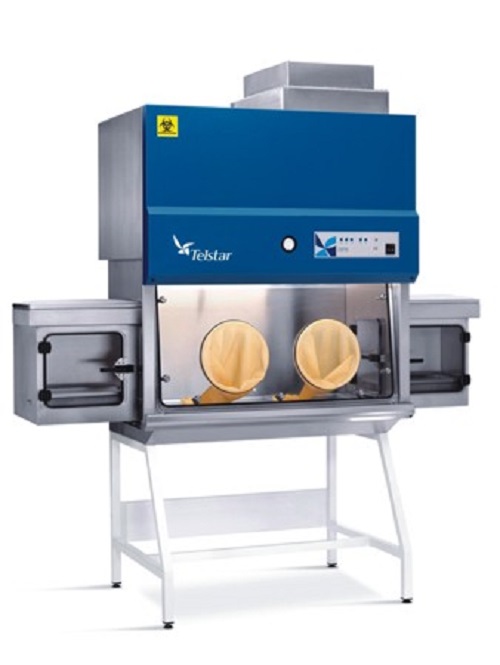
Positive pressure isolator
Ideal for products which have no biological risk but require high sterile conditions.
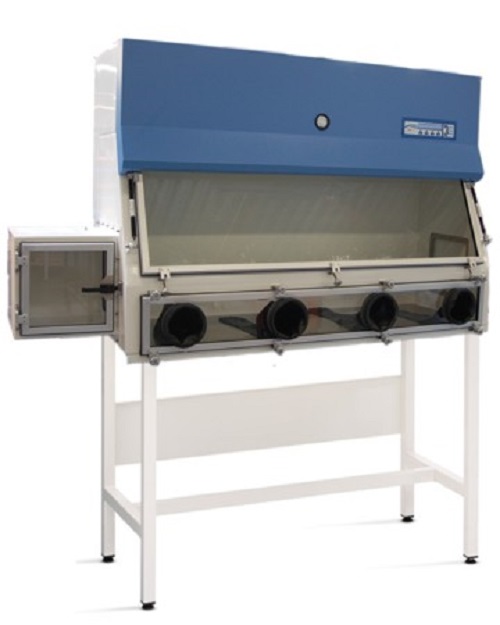
Biological safety cabinet class III
Specially designed for the handling of microbiological agents, when working with indige...
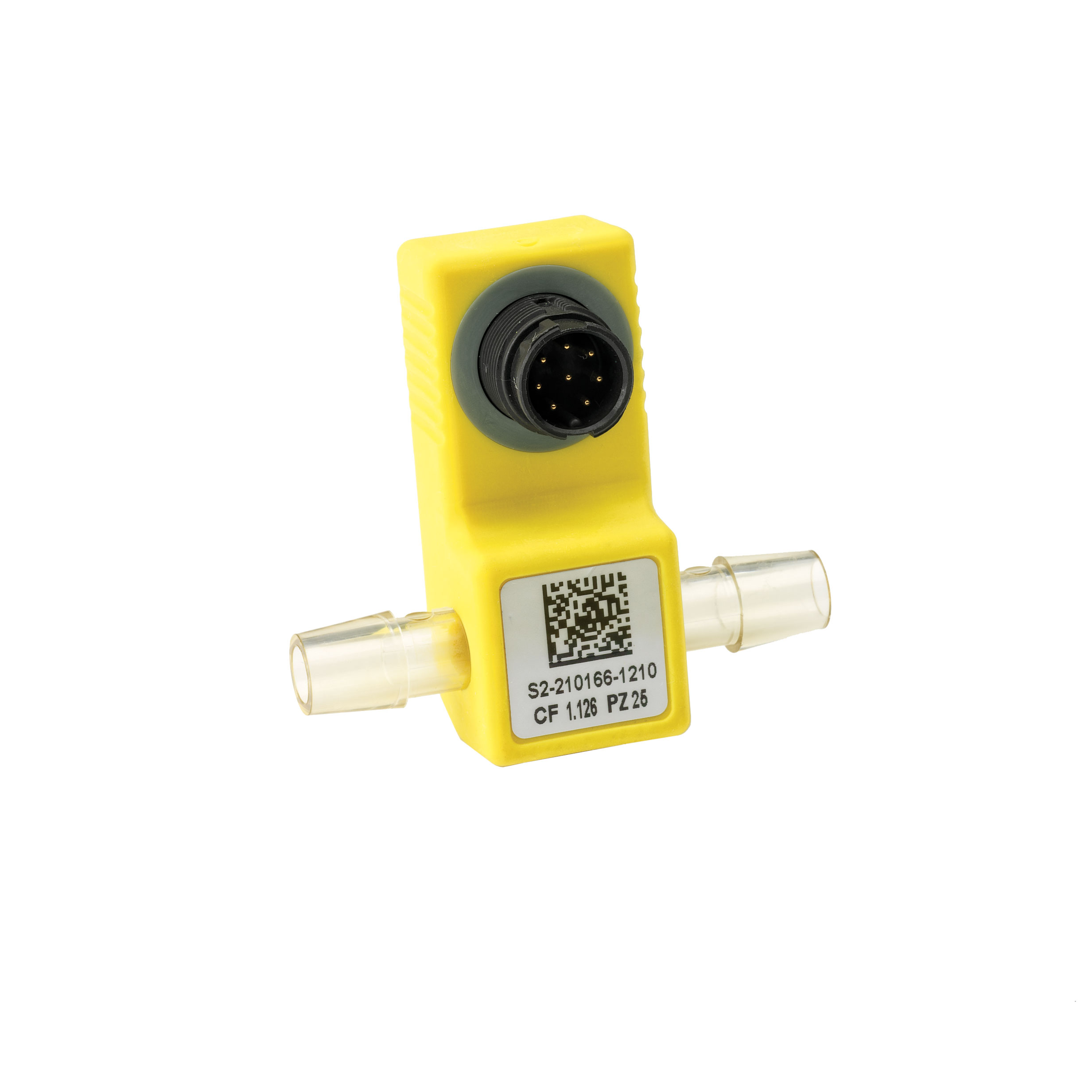
Single-use pressure sensor
Biopharmaceutical manufacturers are increasingly making use of Single-use pressure sensors to enh...
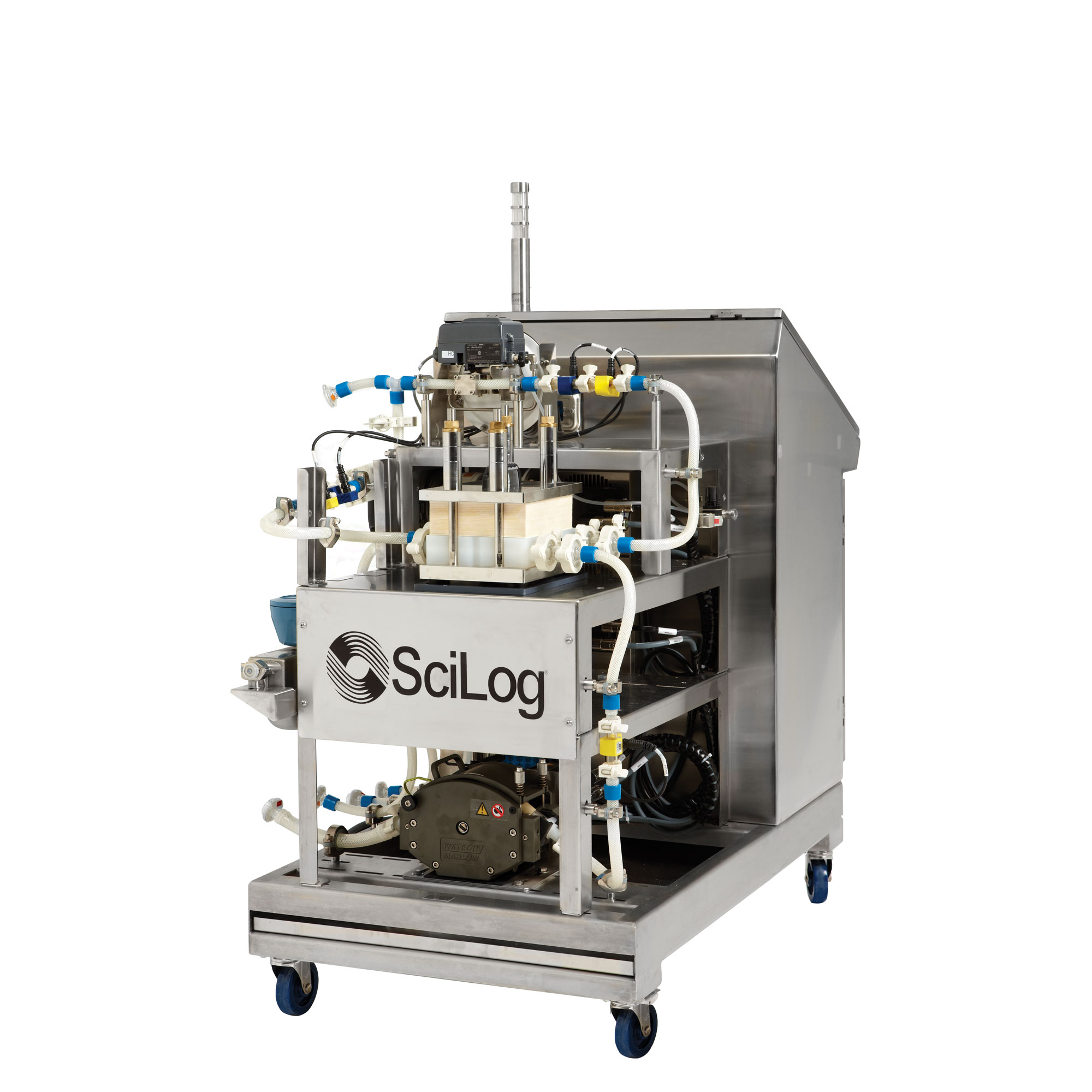
Automated single use tangential flow filtration system
Tangential Flow Filtration is an essential to the biopharmaceutica...
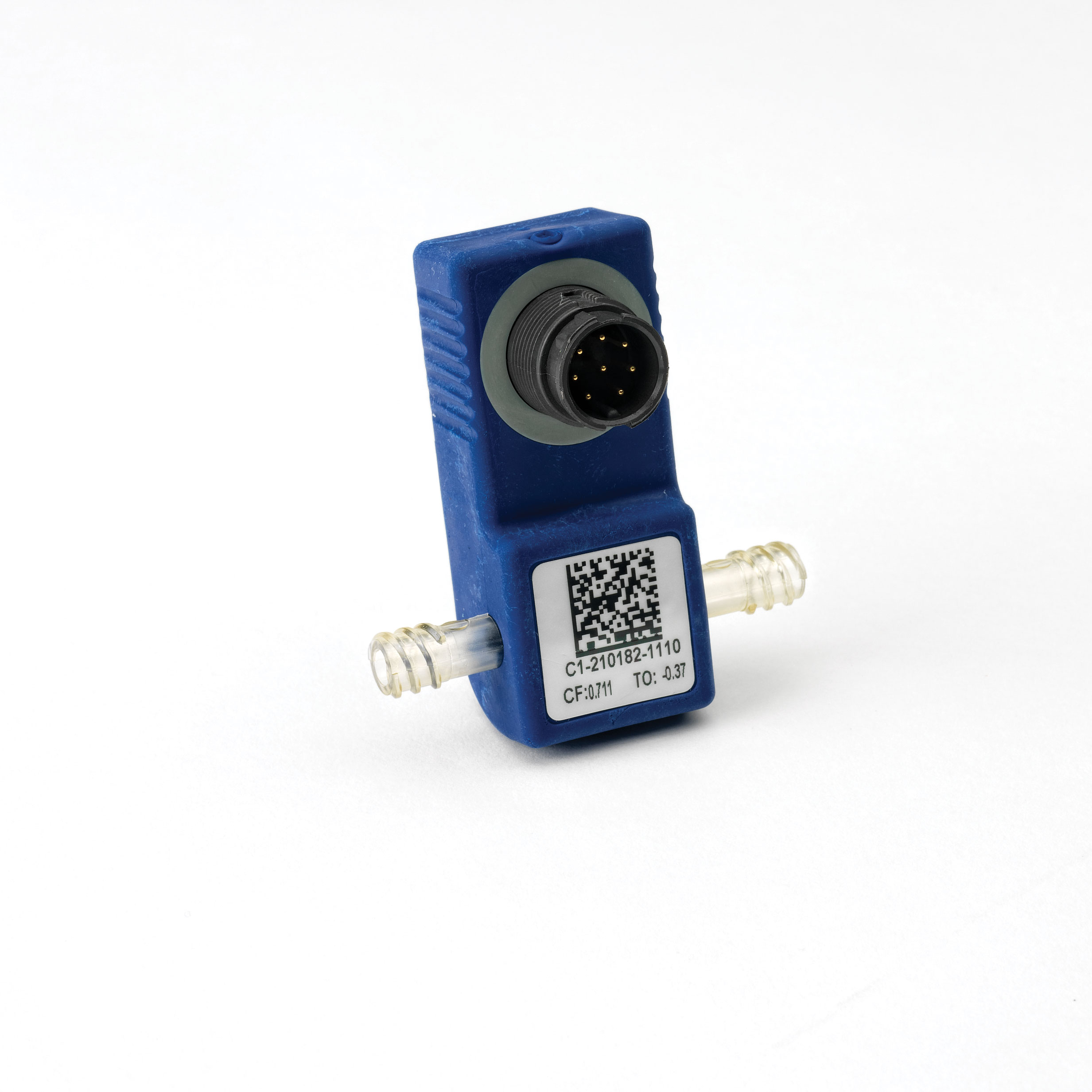
Single-use conductivity sensor
Biopharmaceutical manufacturers are increasingly making use of single-use conductivity sensor...

Single-use temperature sensor
Biopharmaceutical manufacturers are increasingly making use of single-use temperature sensors ...
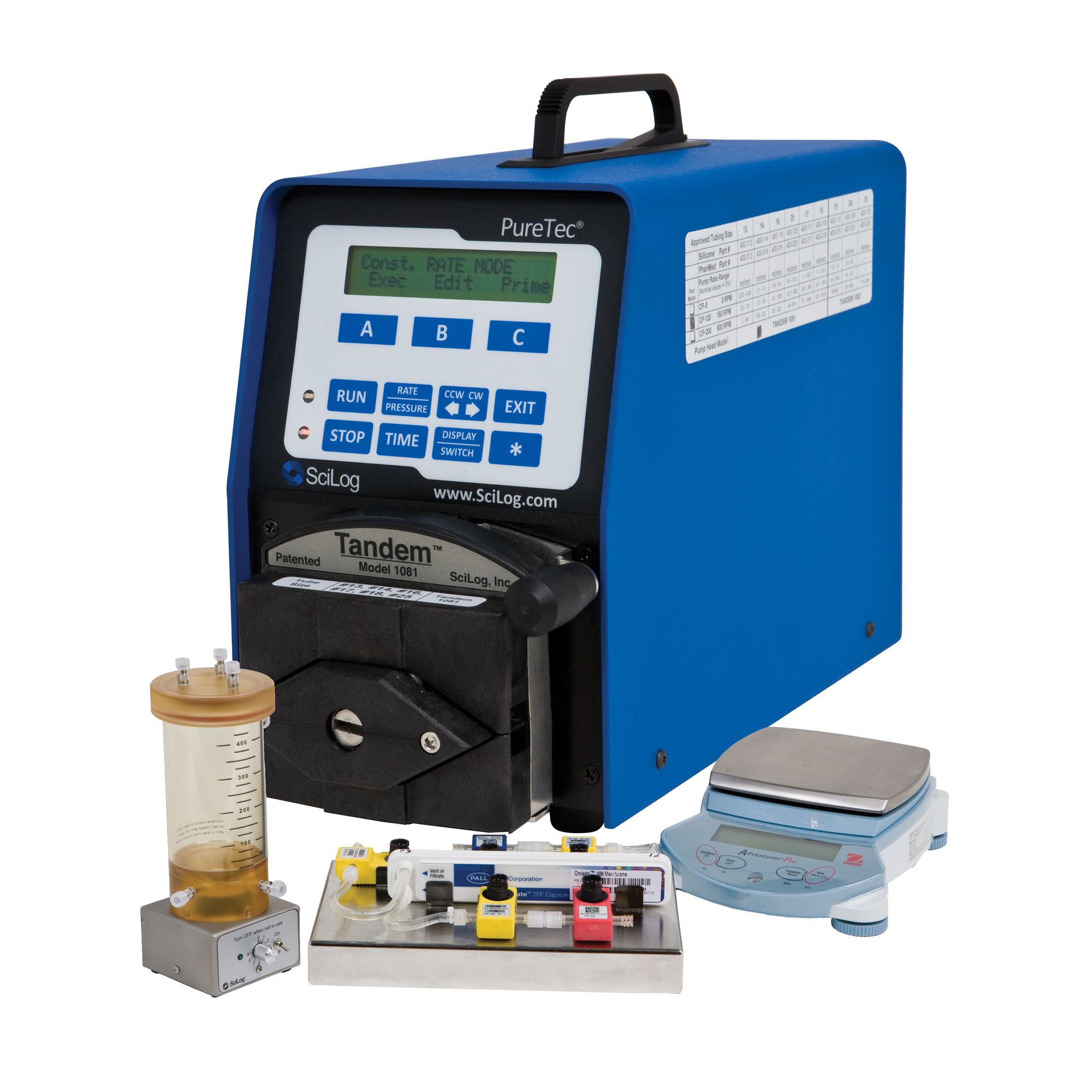
Lab scale tangential flow filtration system
Tangential Flow Filtration is an essential to the biopharmaceutical processing...

Automated cell culture clarification system
Efficient harvest from the bioreactor is essential to any successful cell cult...
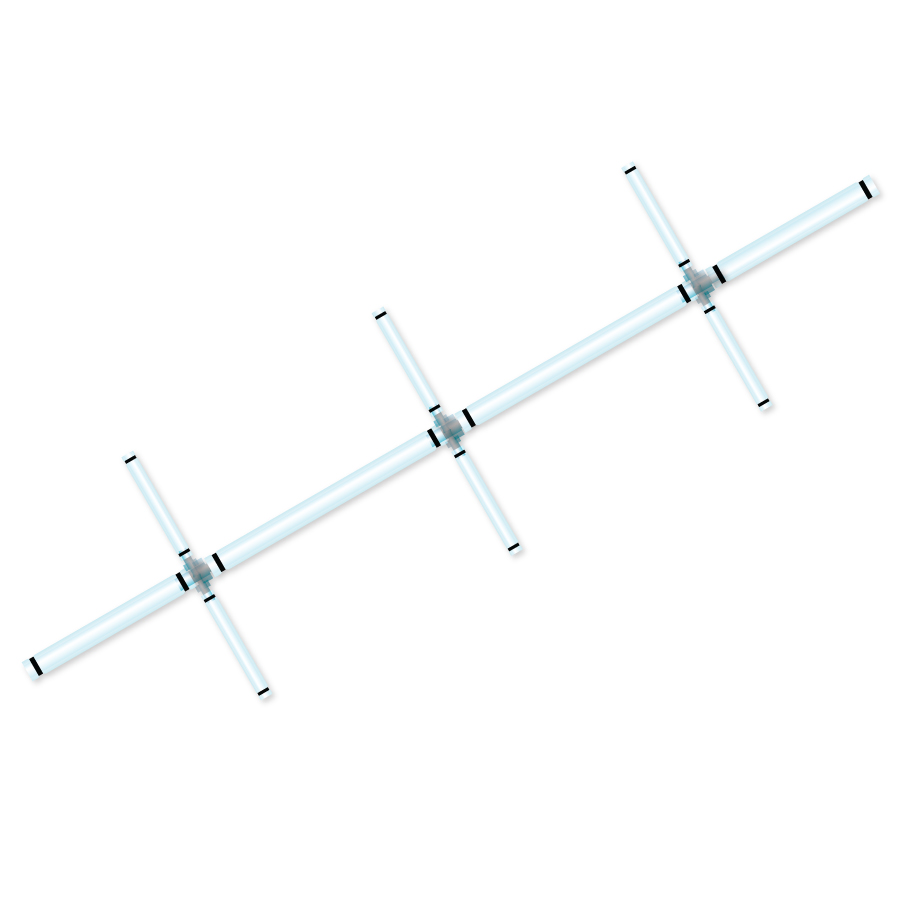
Disposable tubing for manifolds in bioprocesses
Manufacturers in the bioprocessing industries are increasingly turning to ...
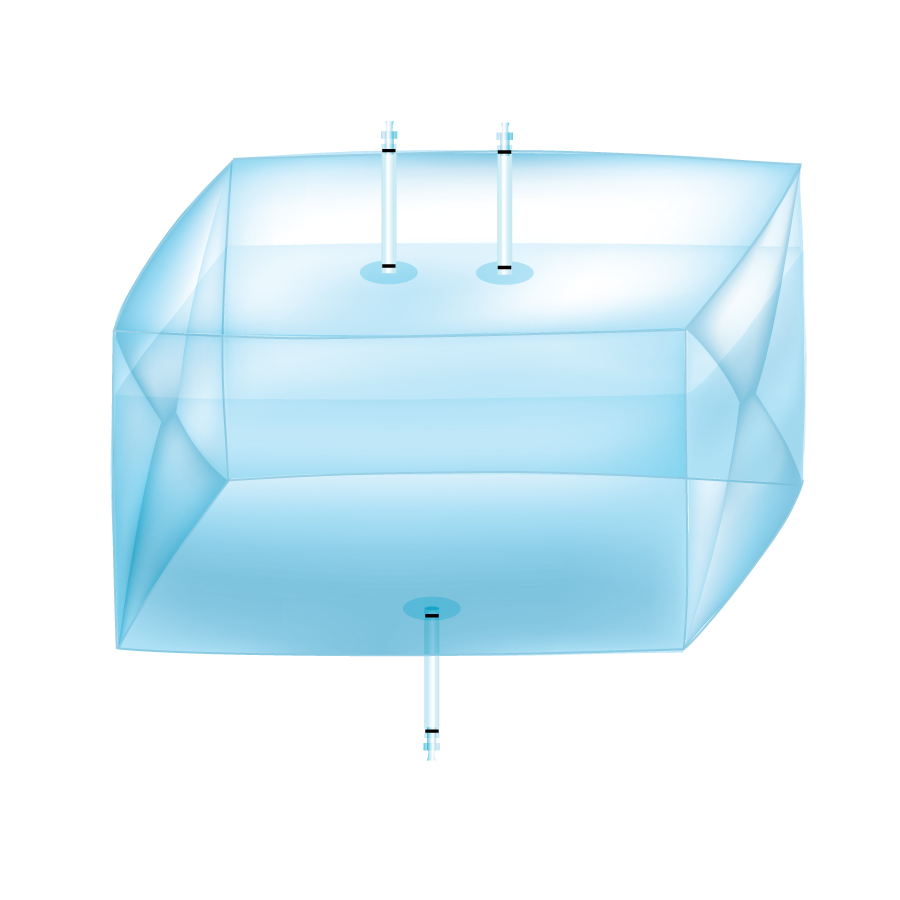
3D disposable bags for bioprocesses
Manufacturers in the bioprocessing industries are increasingly turning to single-use so...
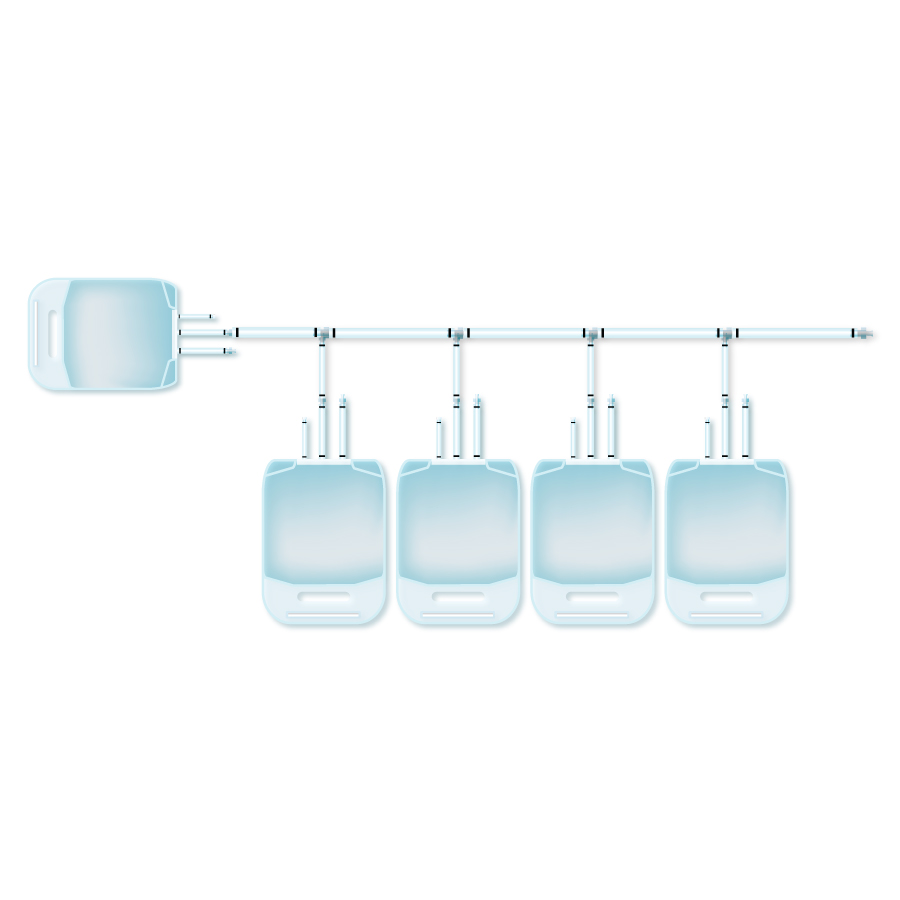
Disposable manifold bags for bioprocesses
Manufacturers in the bioprocessing industries are increasingly turning to dispos...
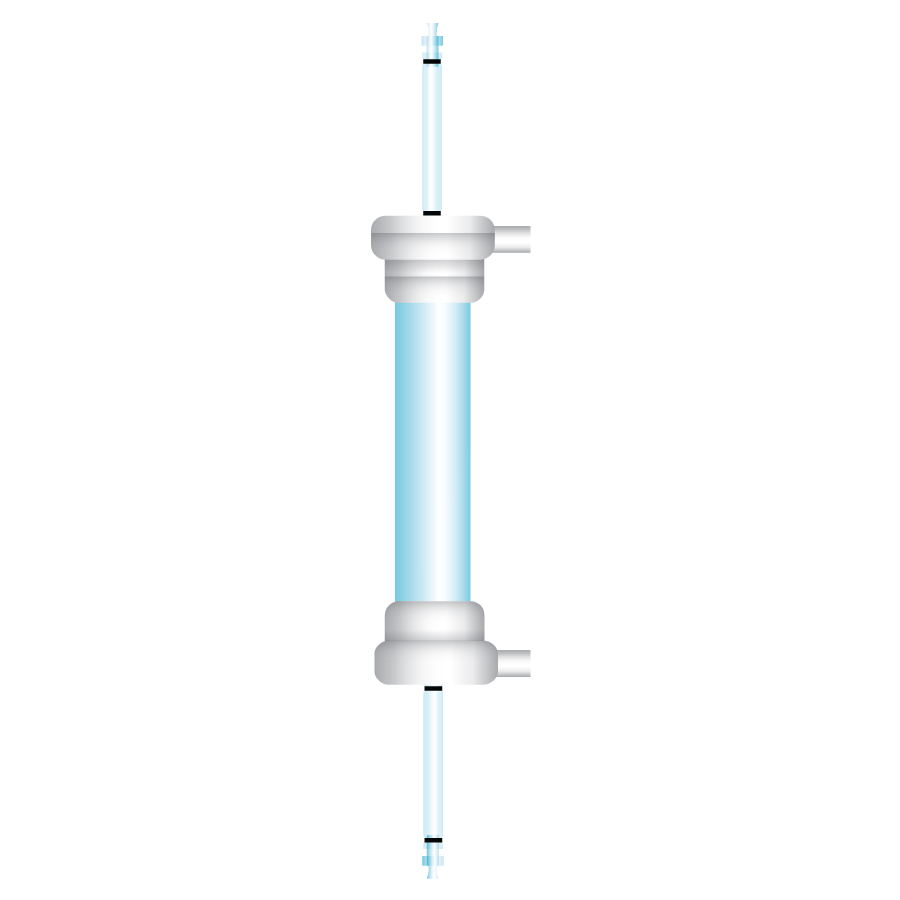
Normal flow filtration sets for bioprocesses
Bio-processors require reliable, high quality, easy to maintain, filtration e...
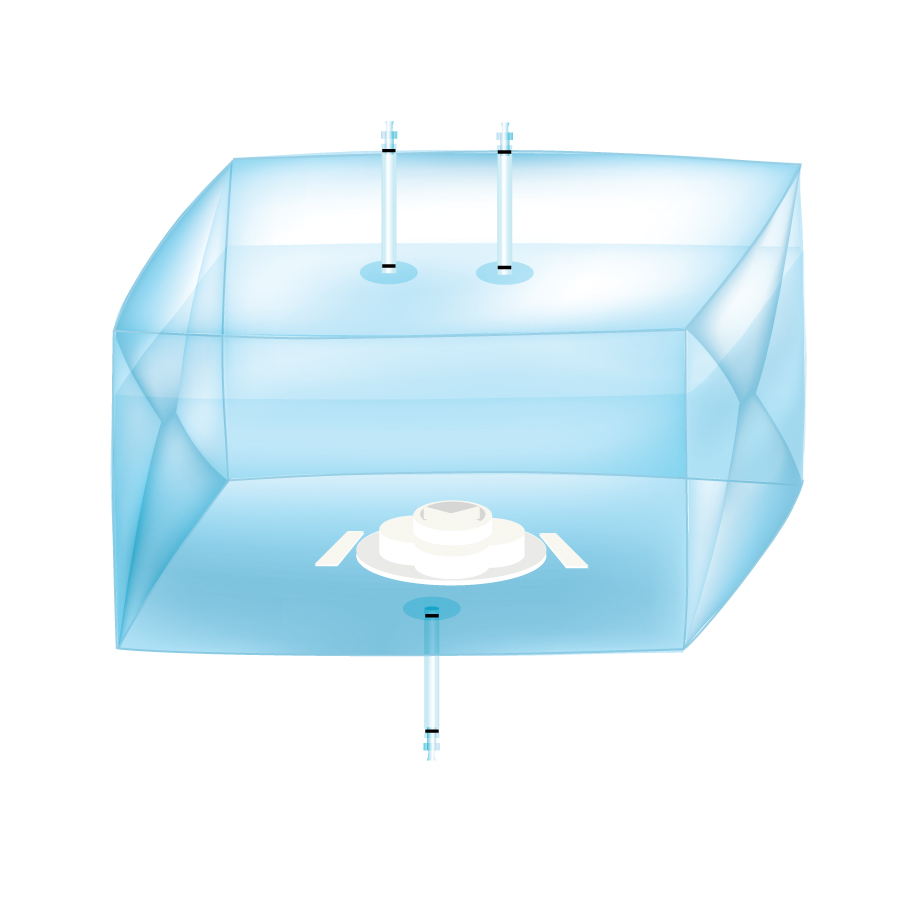
Disposable mixer bags for bioprocesses
Bioprocessors must use ingredients of known high quality and consistency. Inconsist...
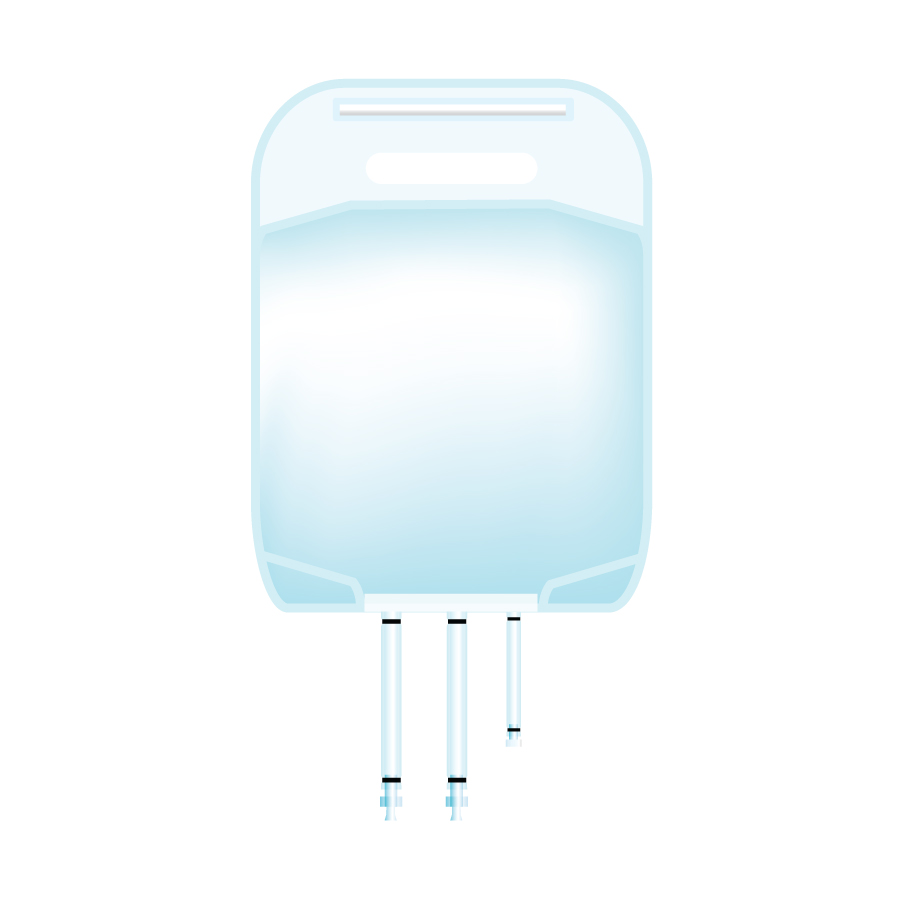
Disposable pillow bags for bioprocesses
Manufacturers in the bioprocessing industries are increasingly turning to single us...
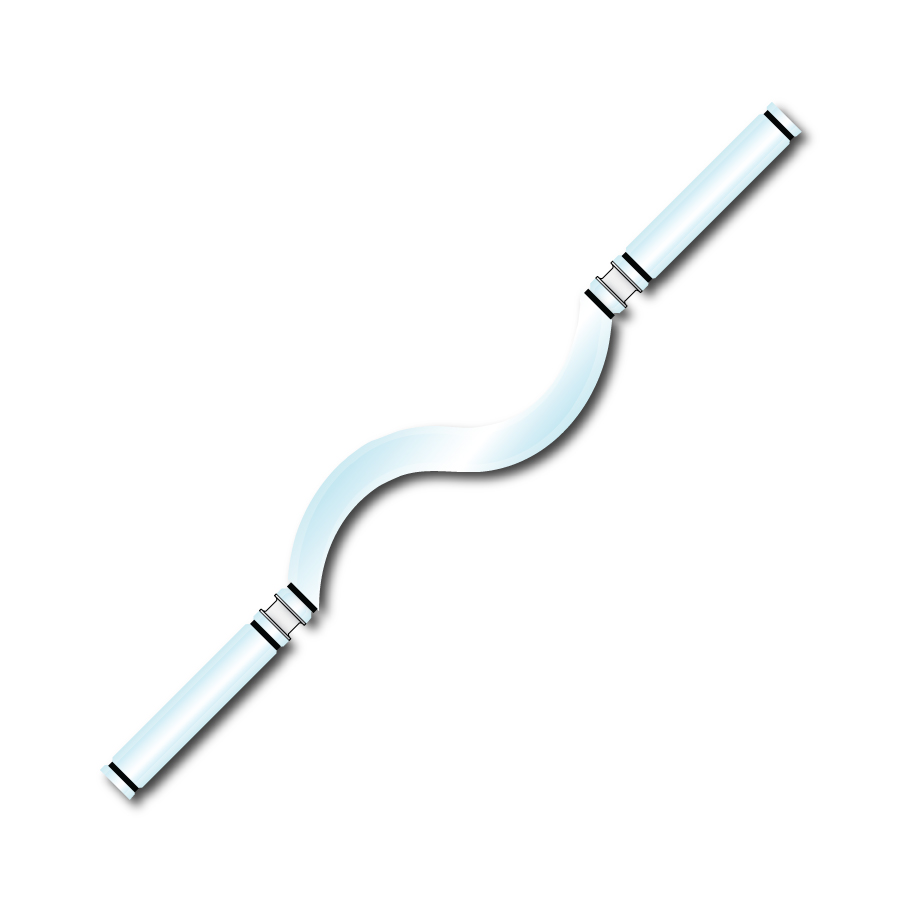
Biocompatible tubing for peristaltic pumps
Sensitive bioprocess applications requires equipment that will not interfere wi...
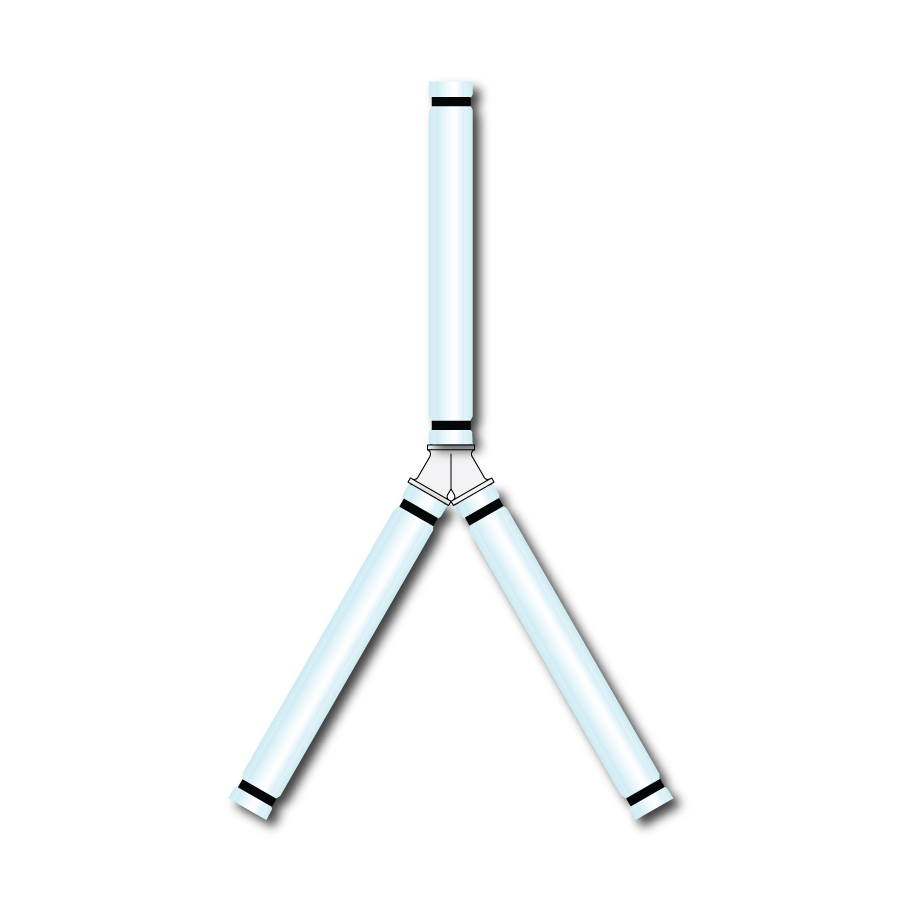
Y sets tubing for bioprocesses
Manufactueres in the bioprocessing industries are increasingly turning to single use solution...

Semi-automated tangential flow filtration system
Tangential Flow Filtration is an essential to the biopharmaceutical proce...
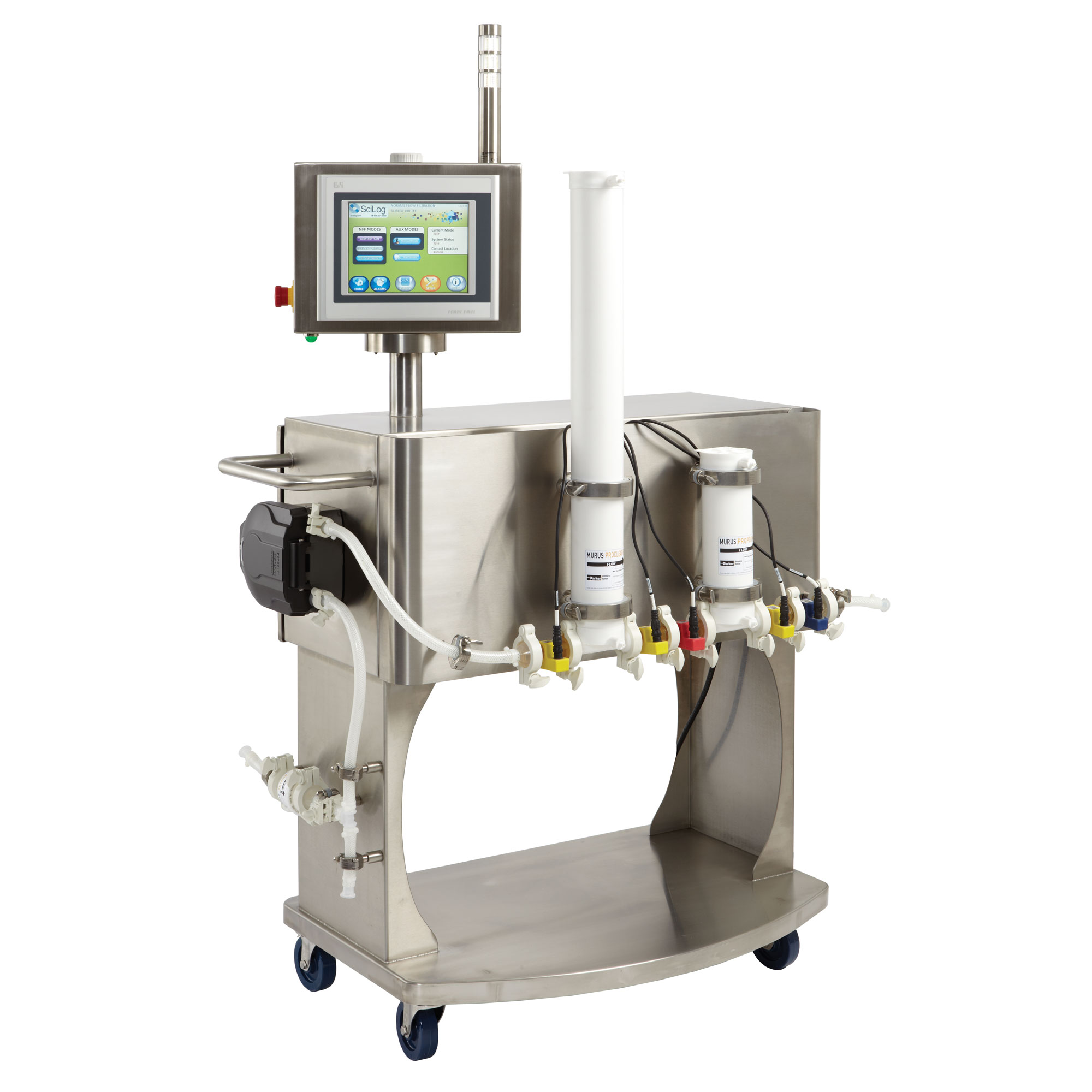
Semi-automated normal flow filtration system
Normal Flow Filtration is frequently used the biopharmaceutical processing in...
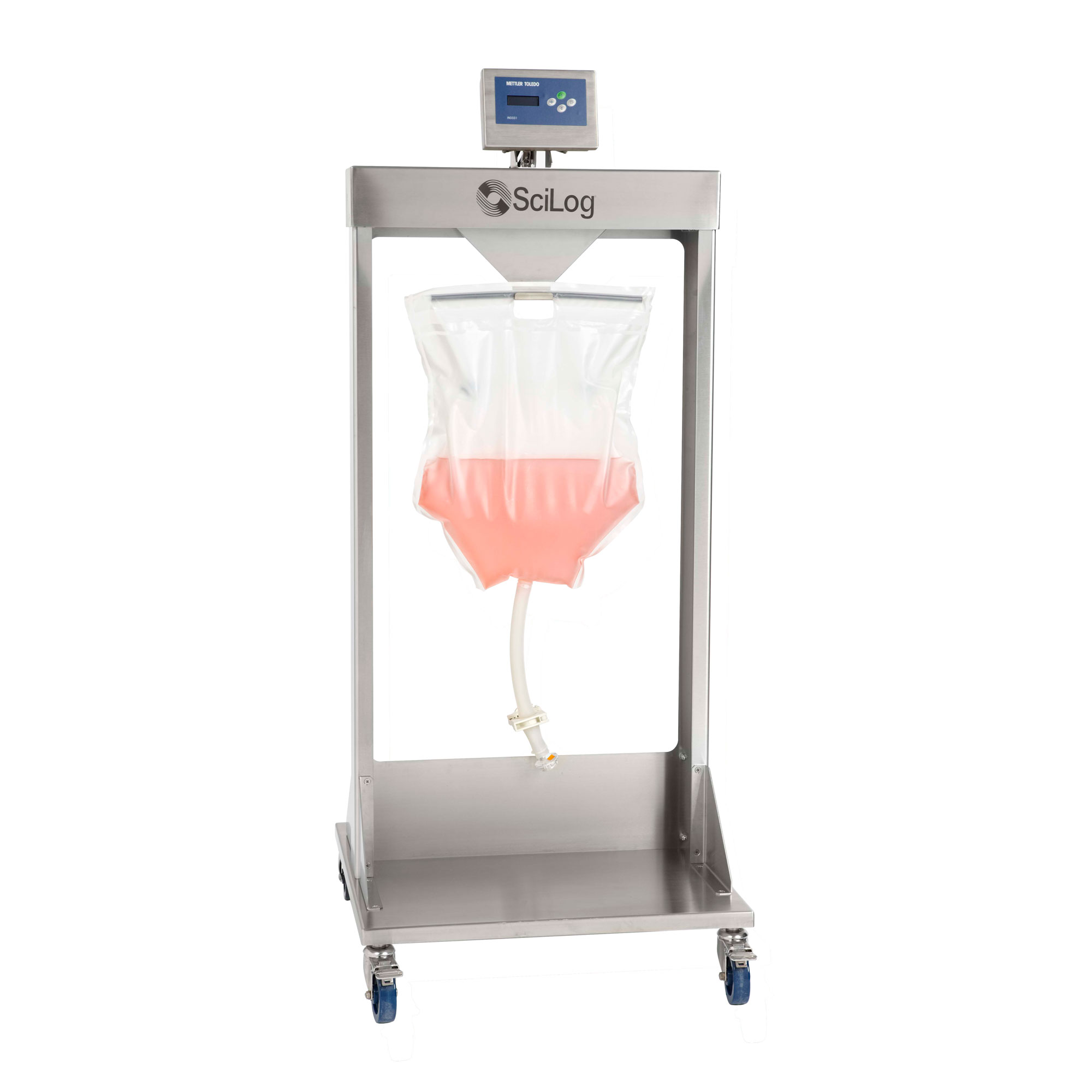
Bag holder and weighing platform for bioprocesses
Single use bags for biopharmaceutical process containment and liquid st...

Lab scale normal flow filtration system
Normal Flow Filtration is frequently used the biopharmaceutical processing industry...

Automated dispensing system for bioprocesses
Biopharmaceutical manufacturers require precisely known liquid quantities for...

Saturated steam GMP laboratory autoclave
For processing a wide range of products: solid, porous and liquids in a laboratory...

